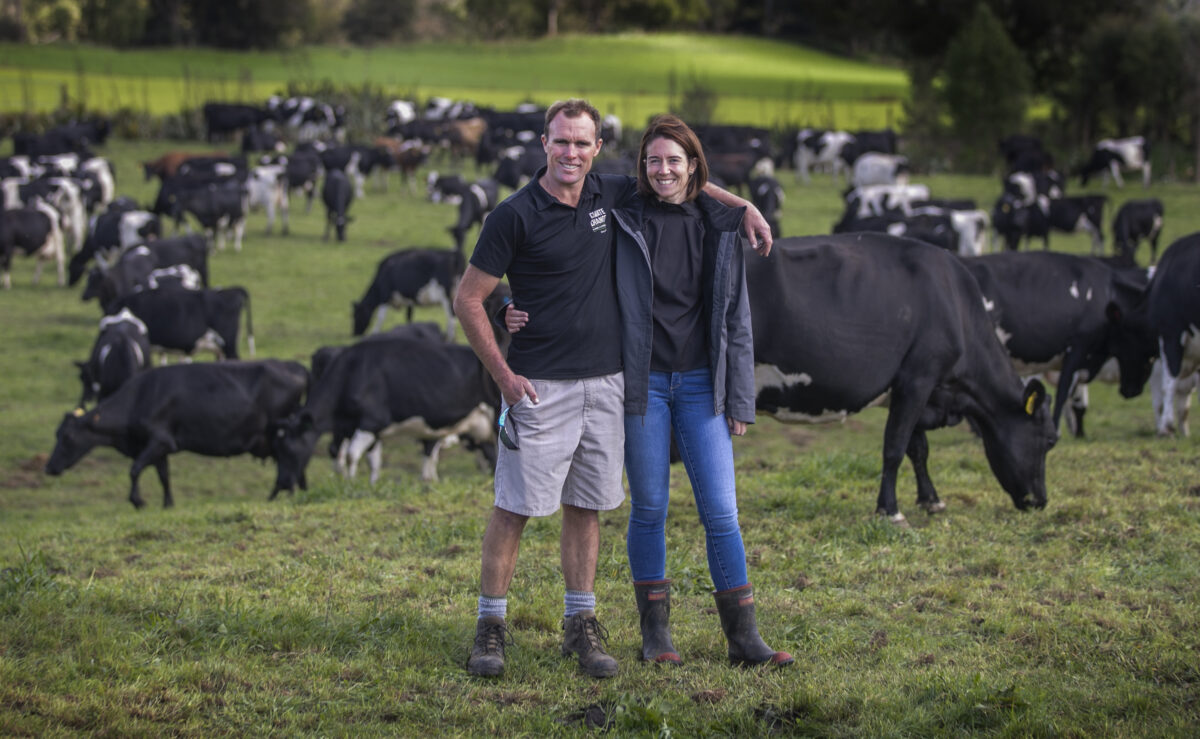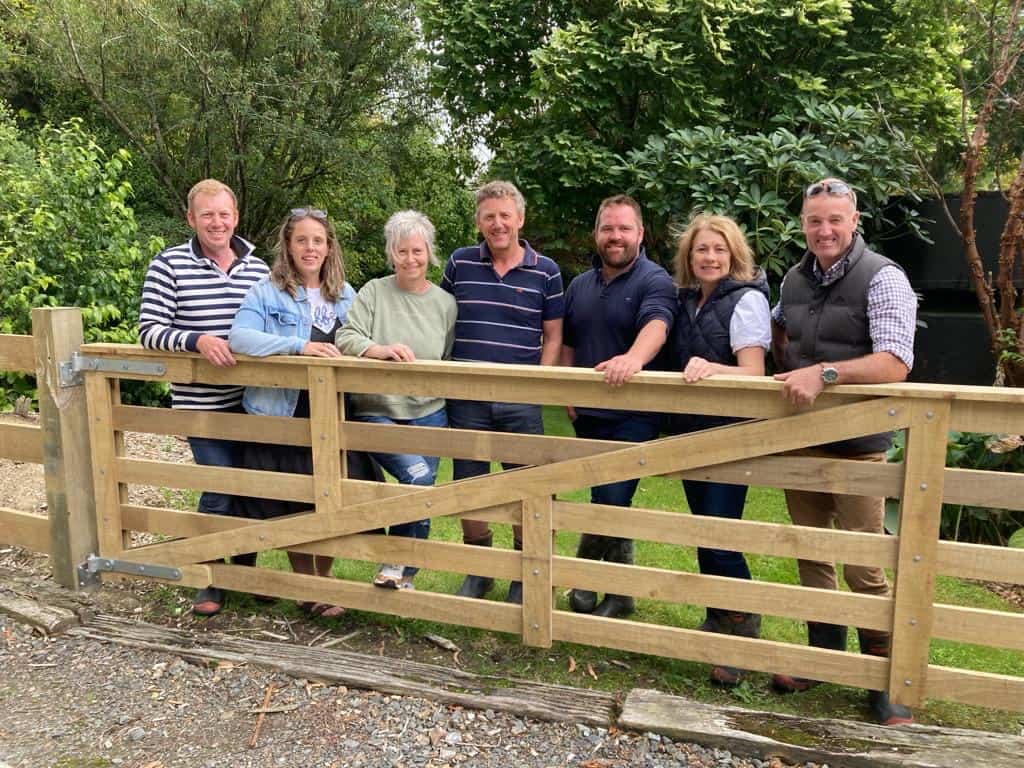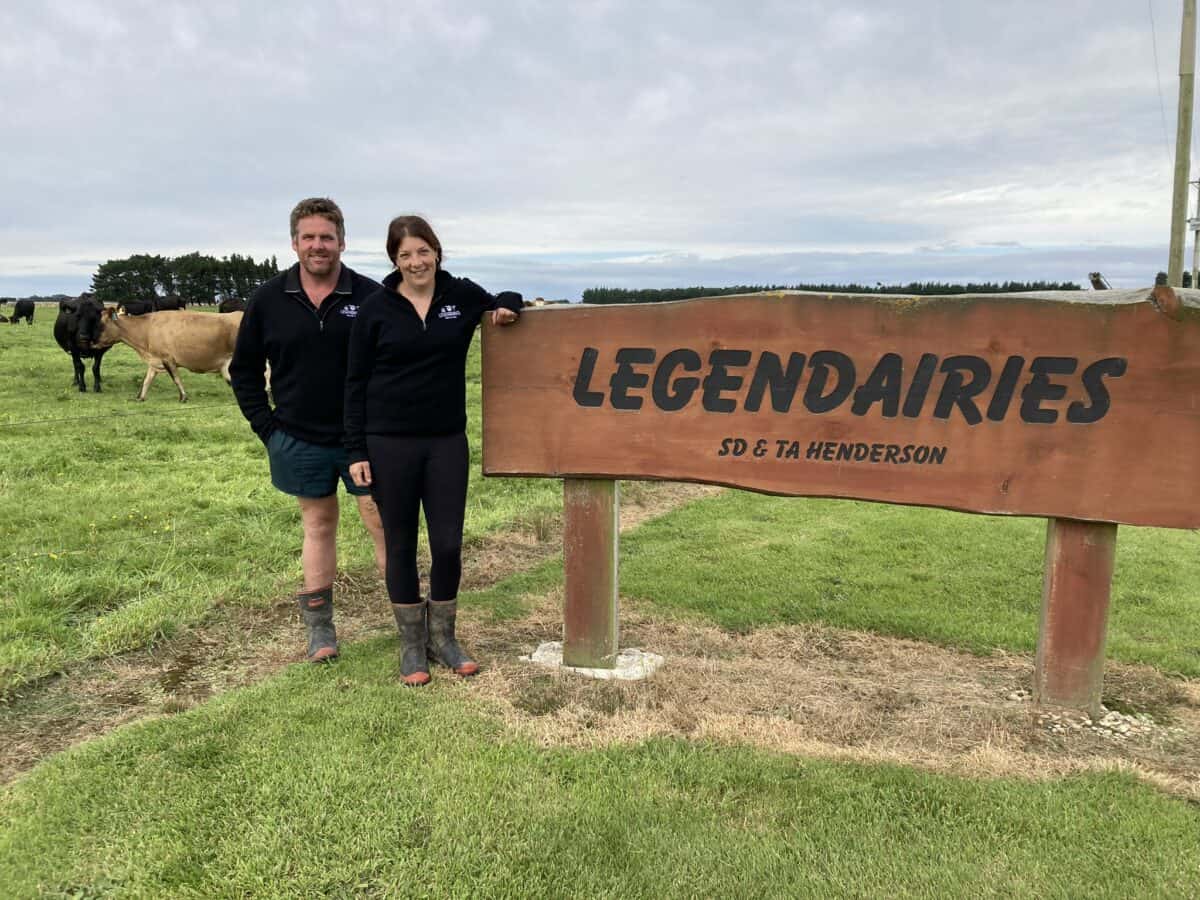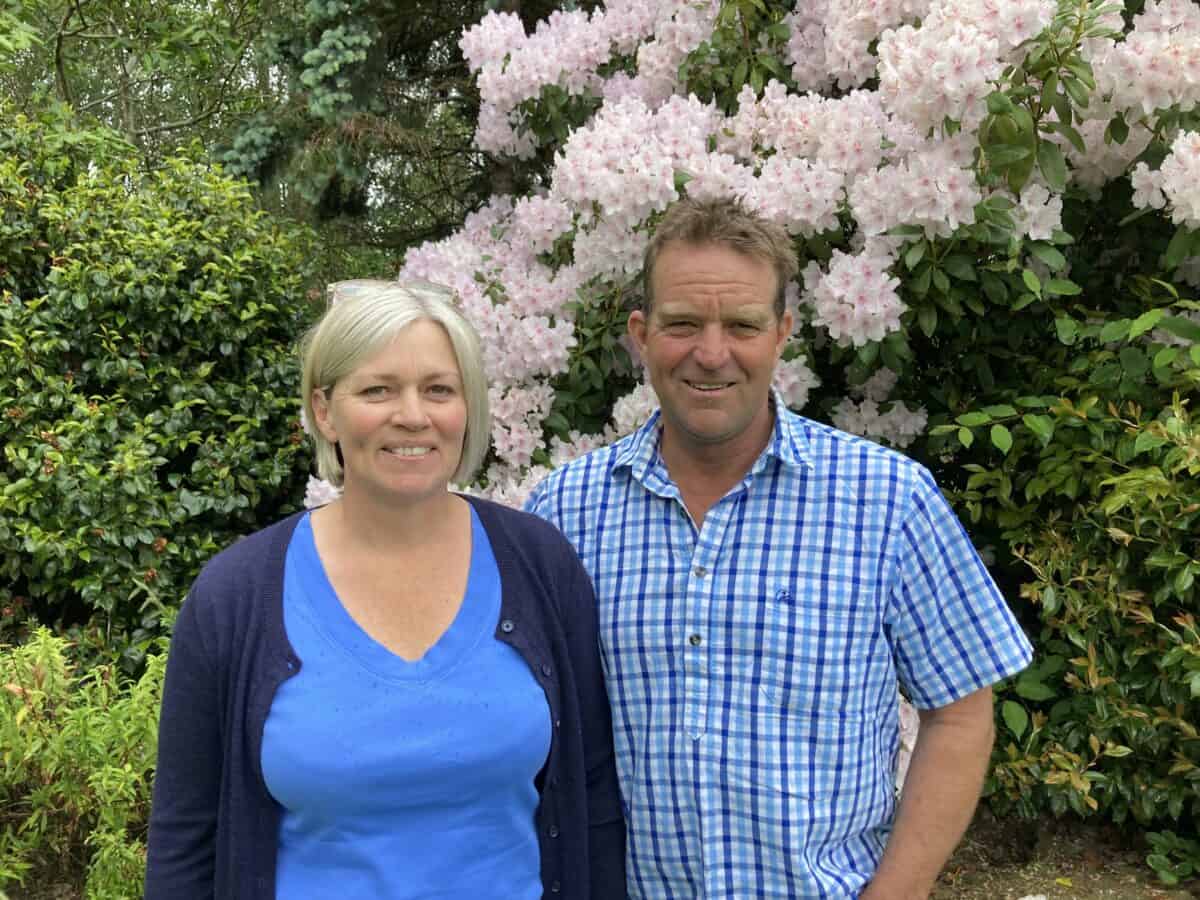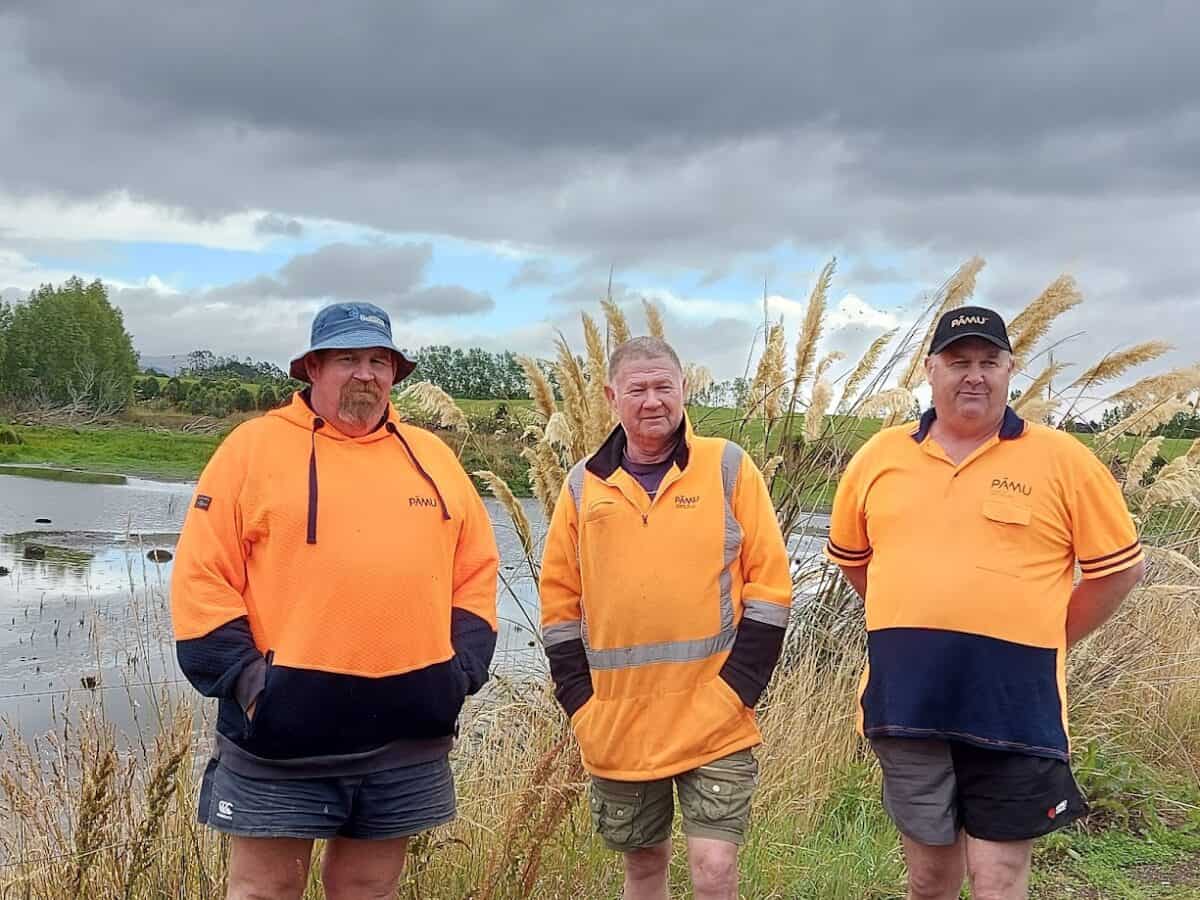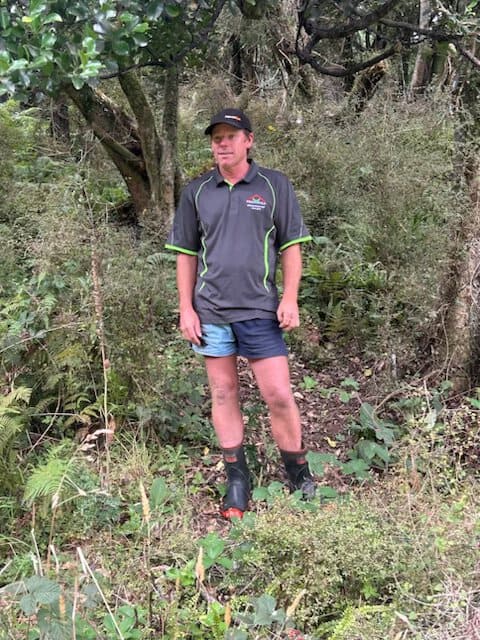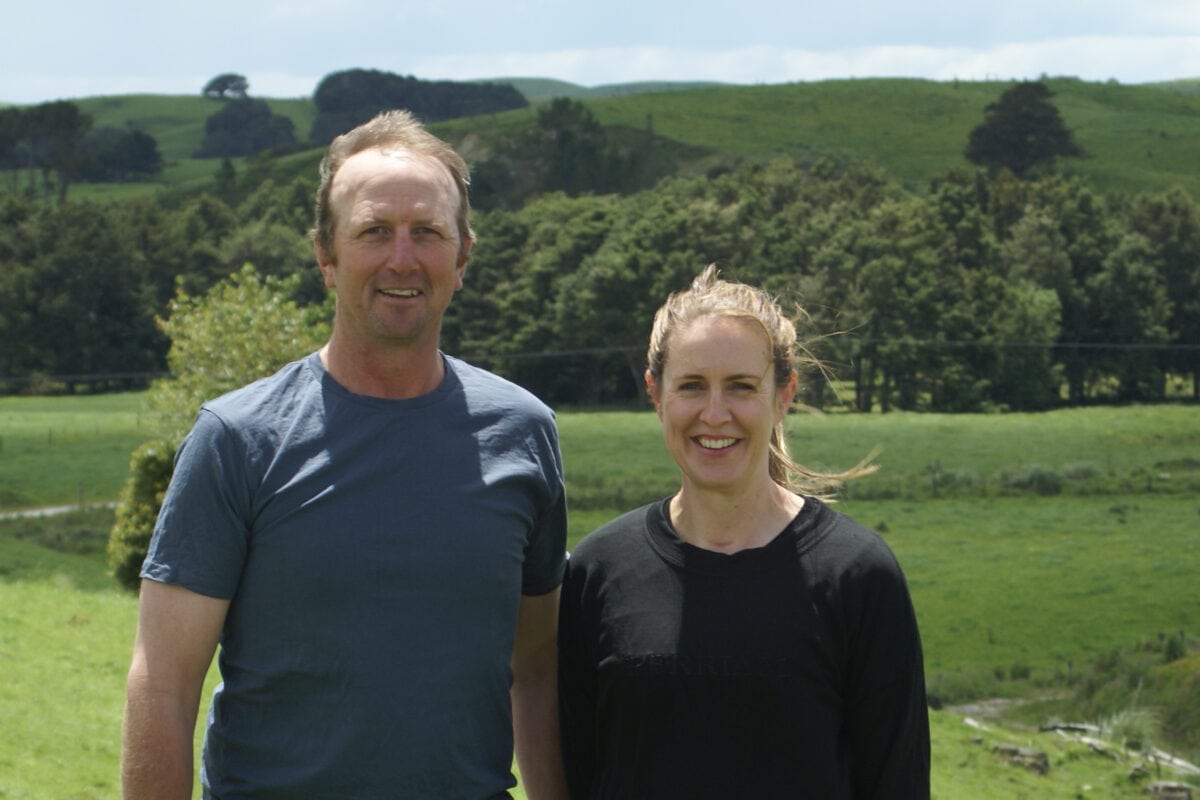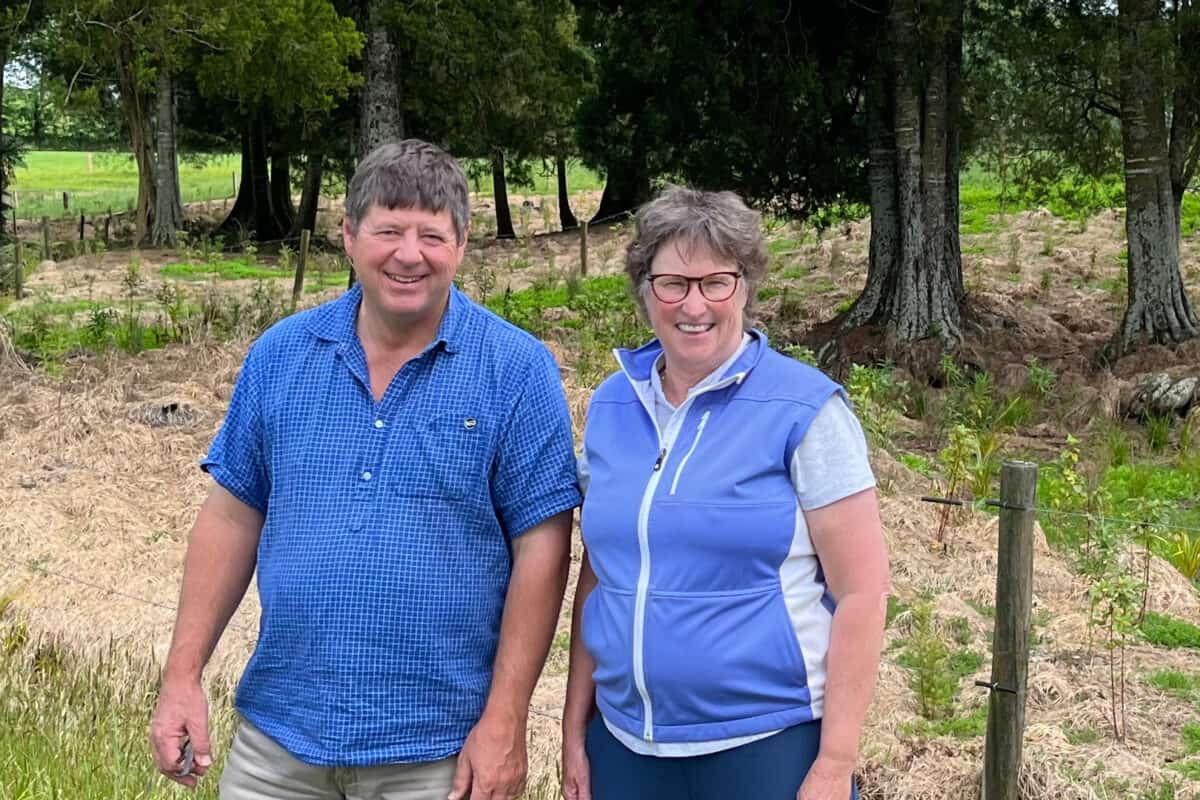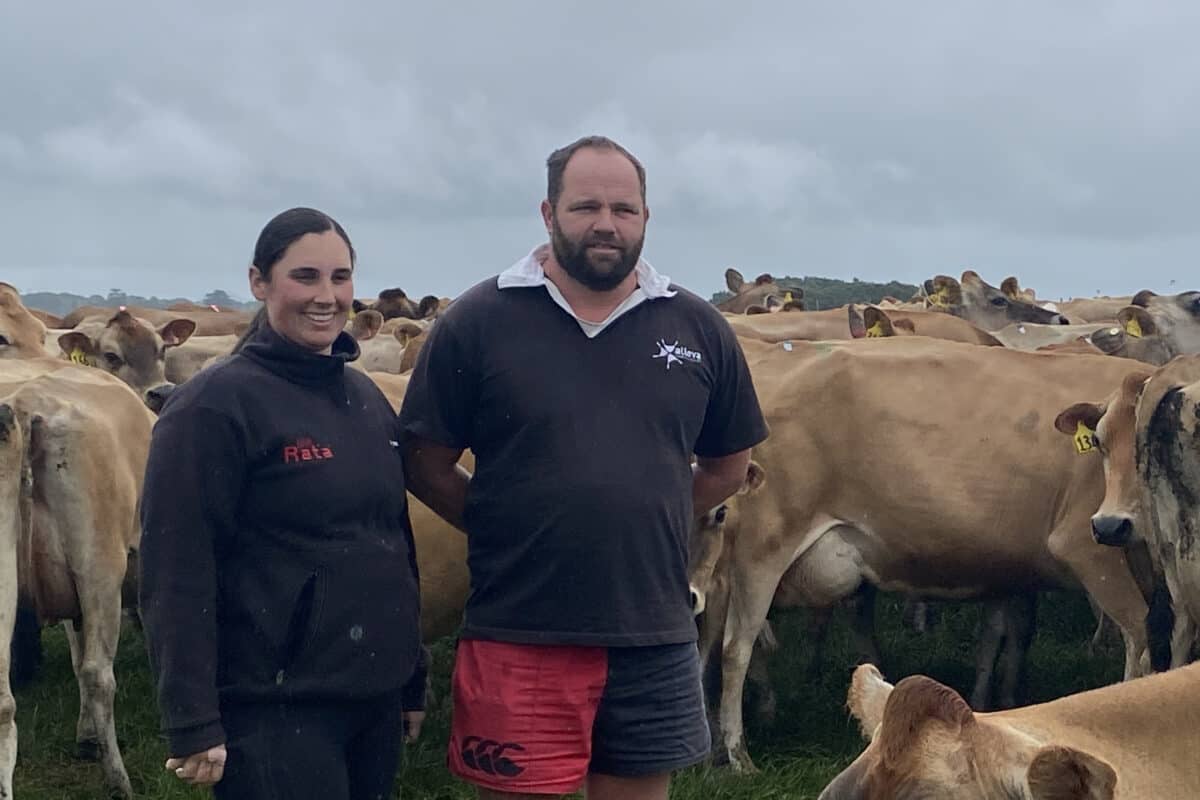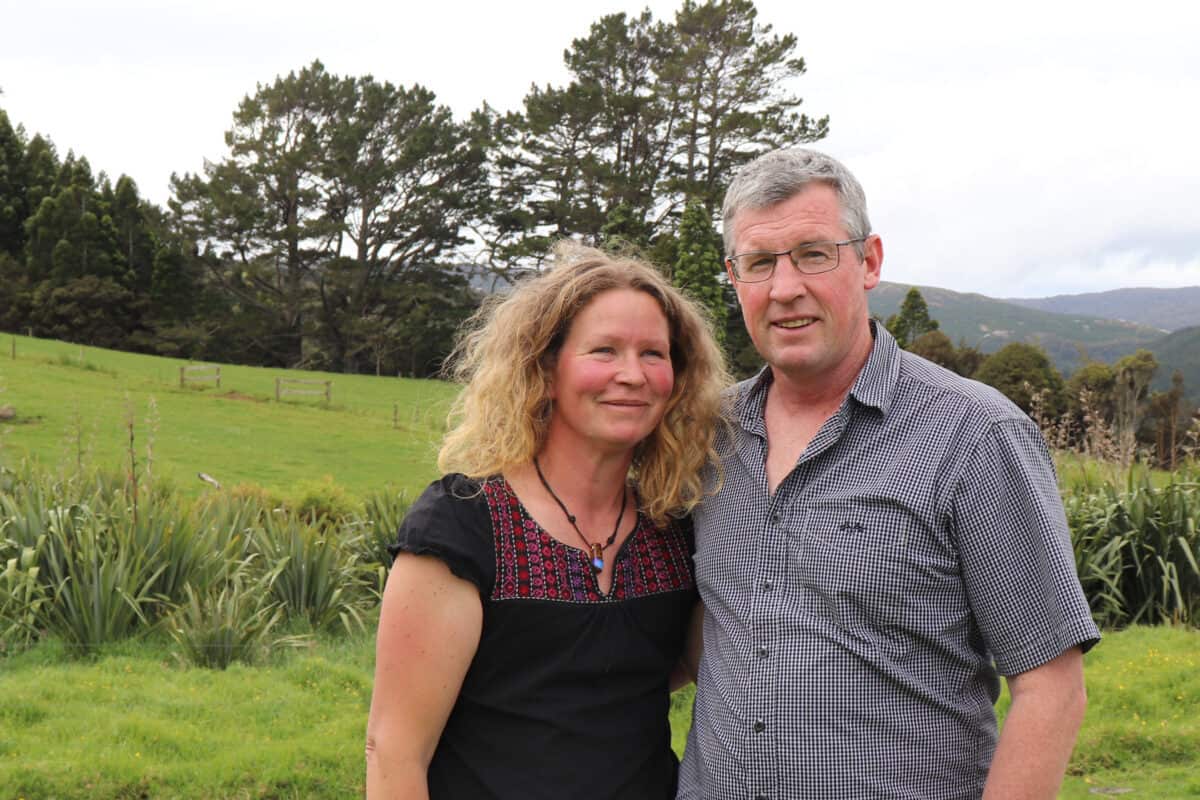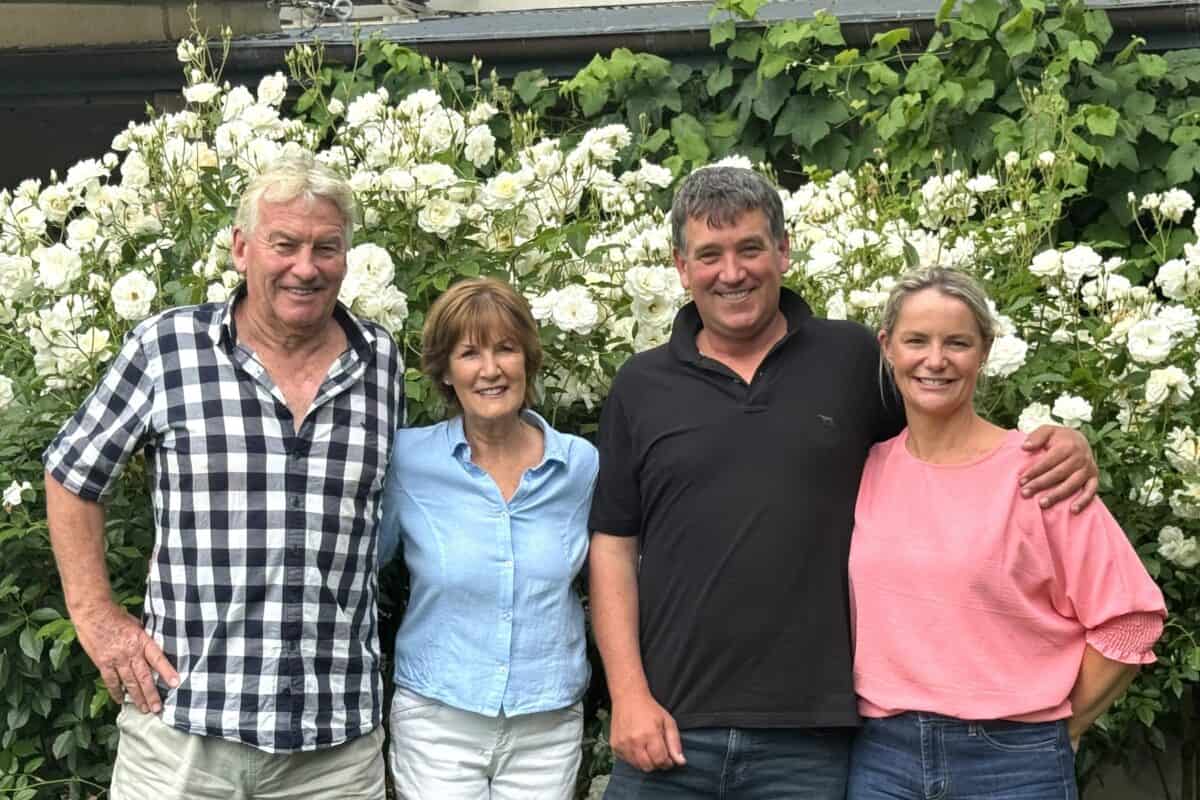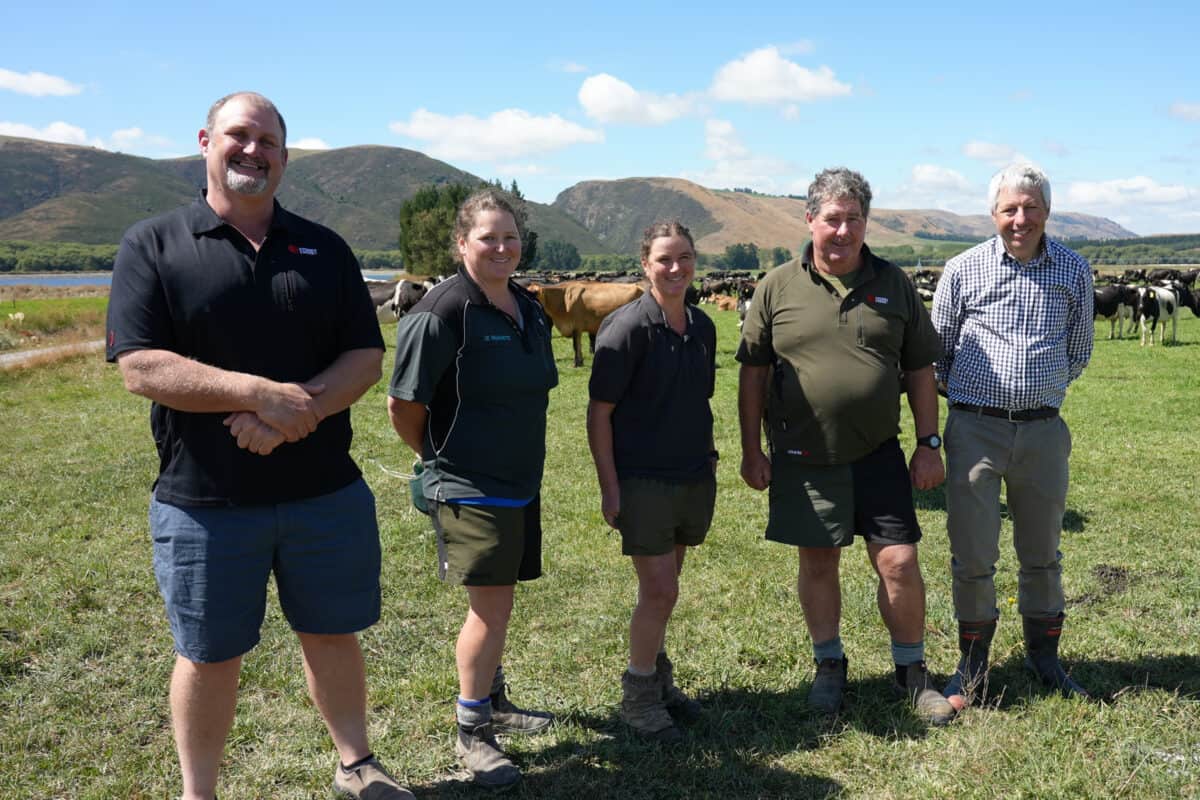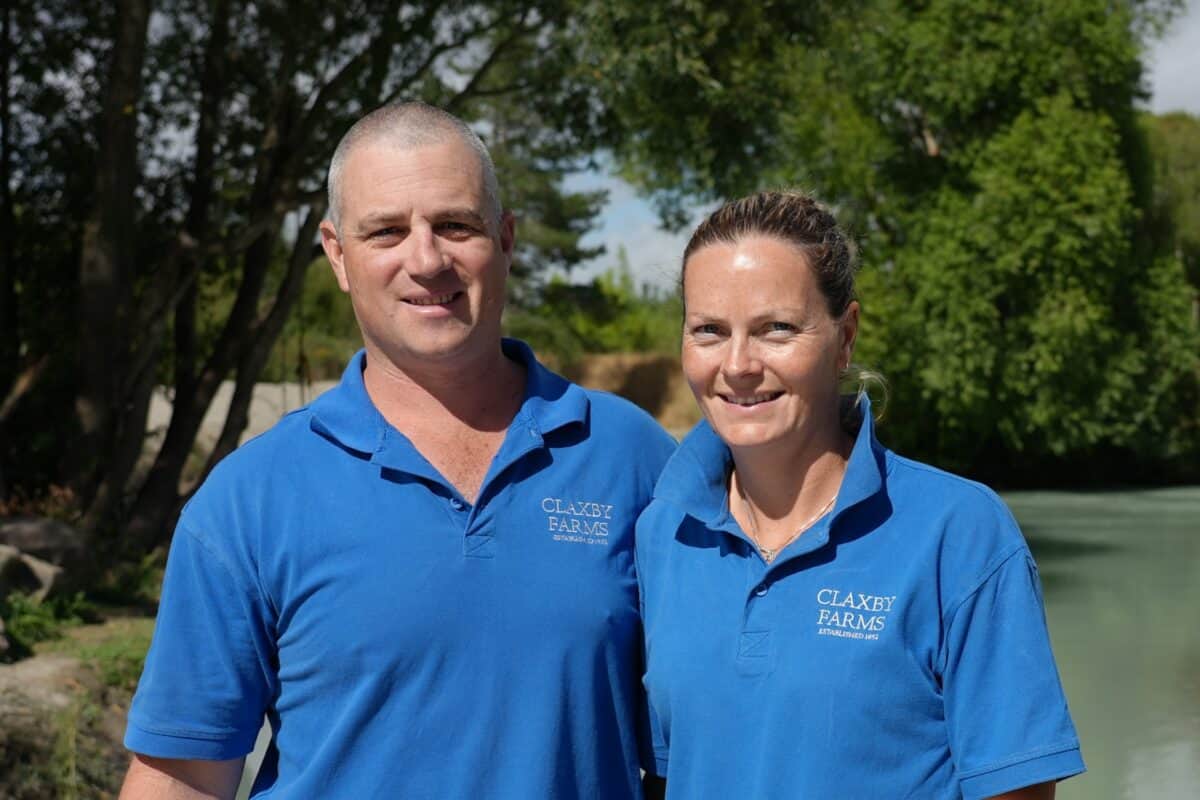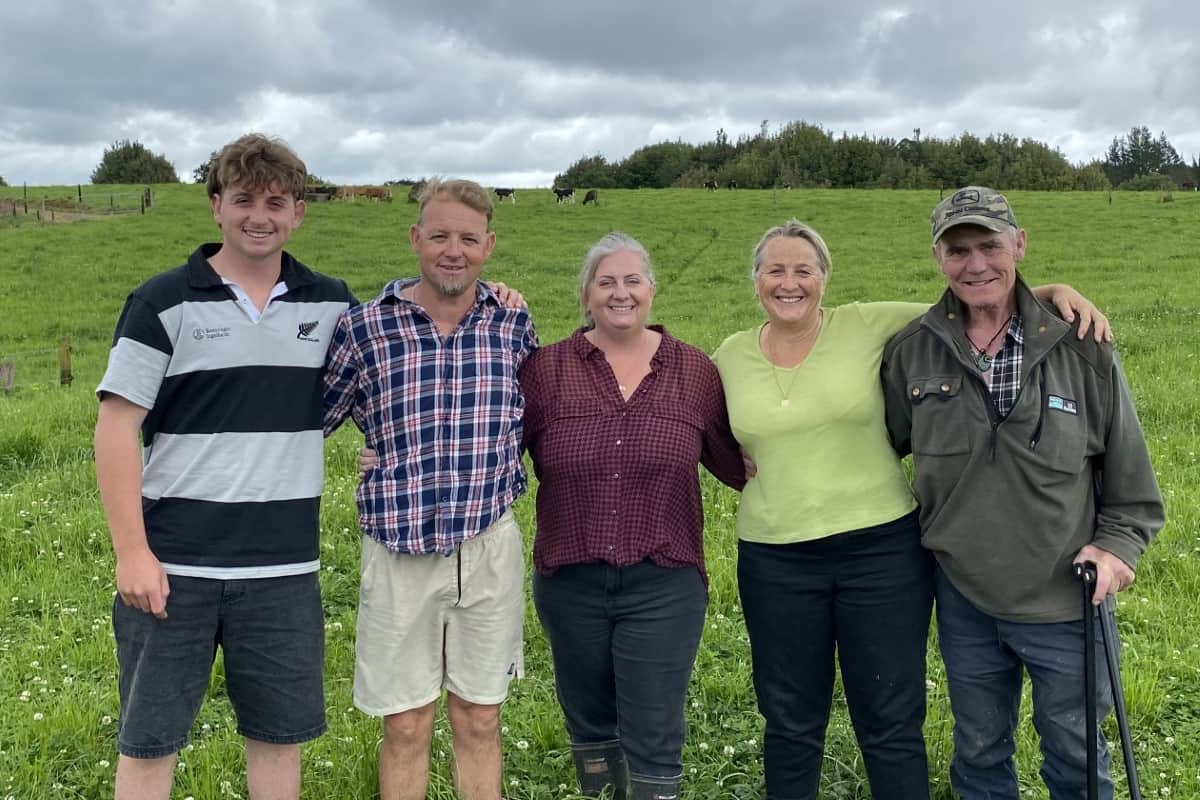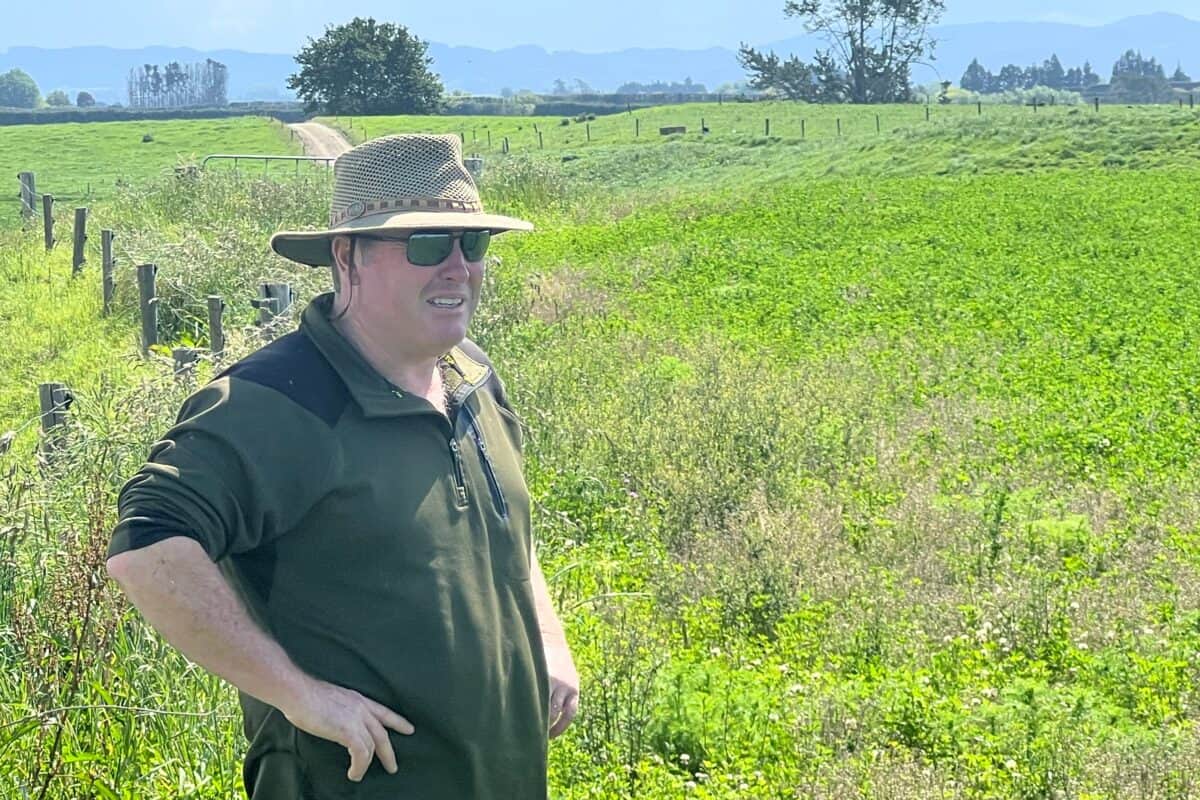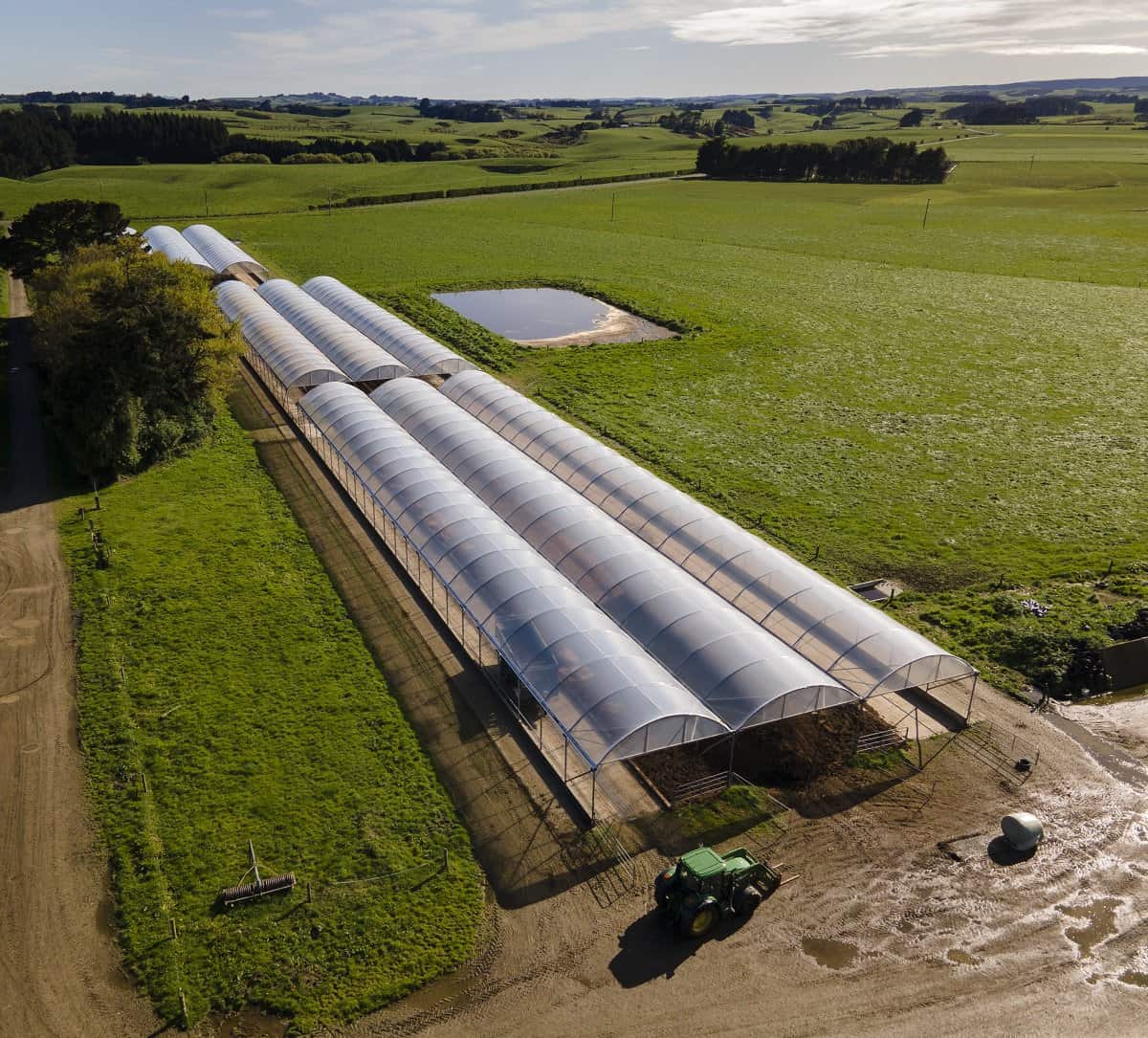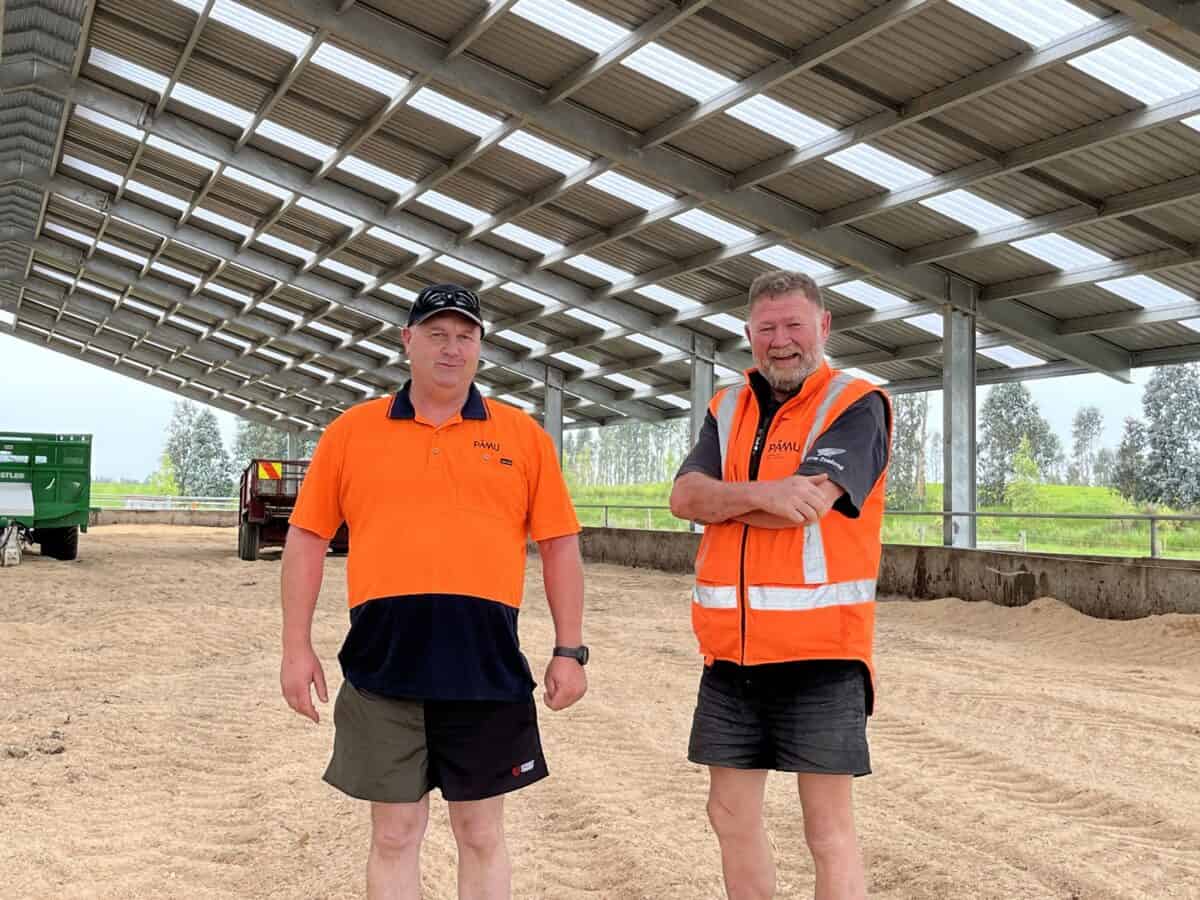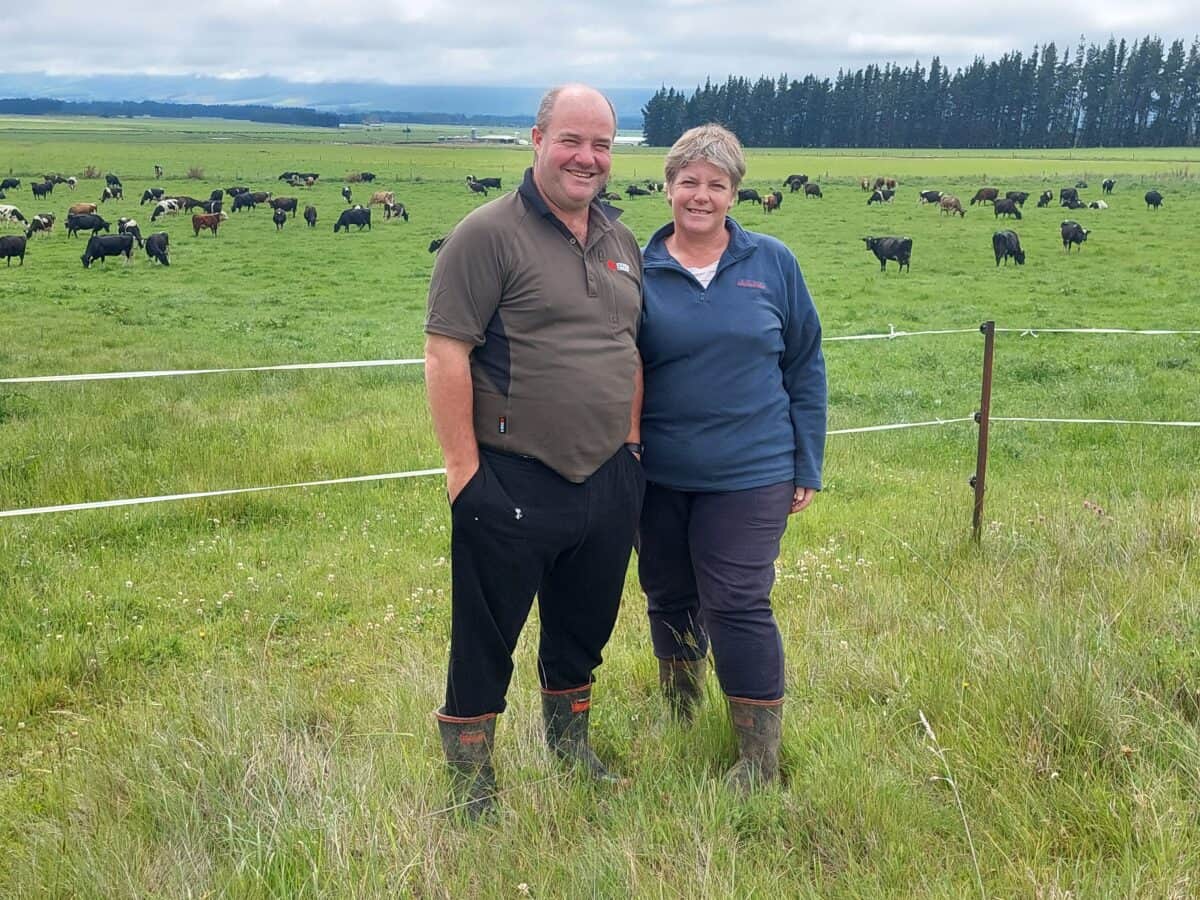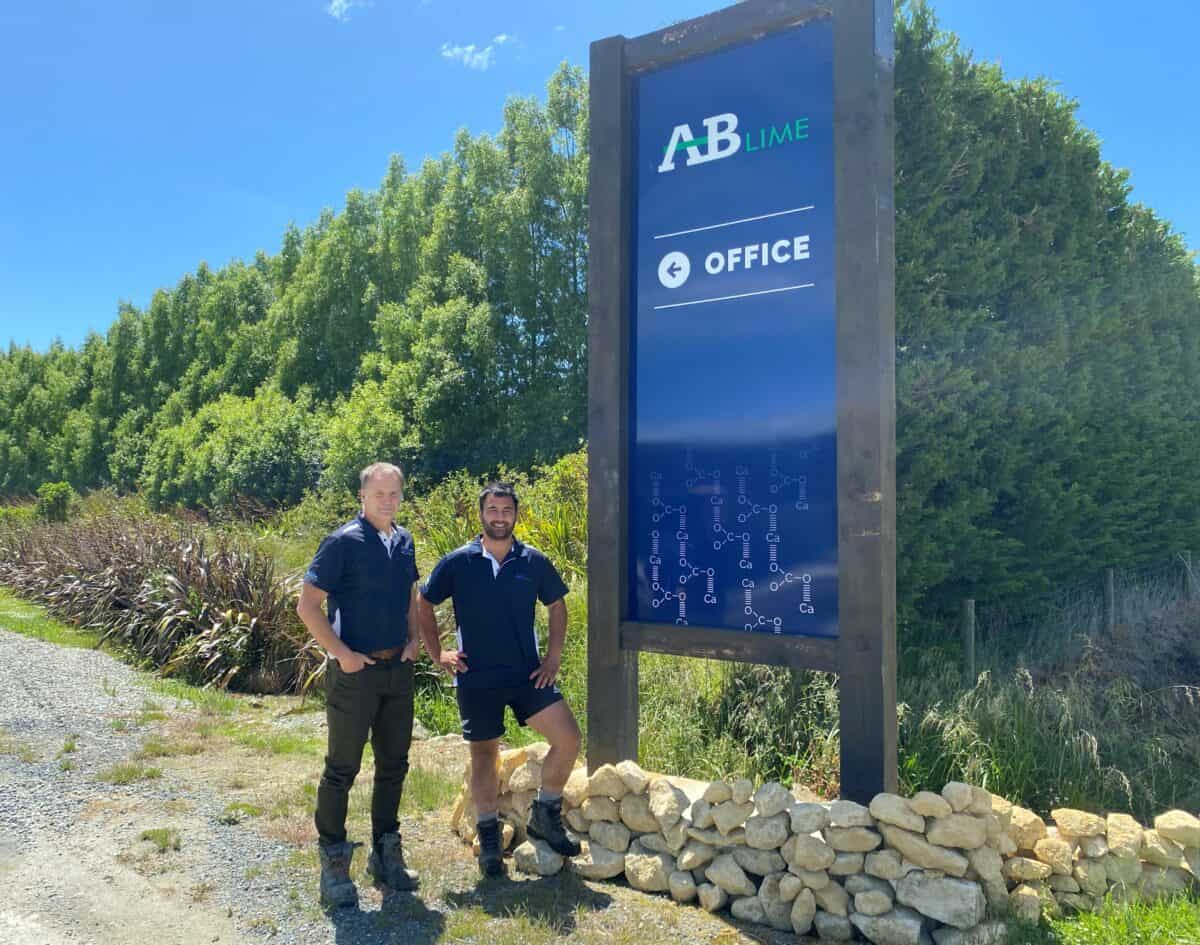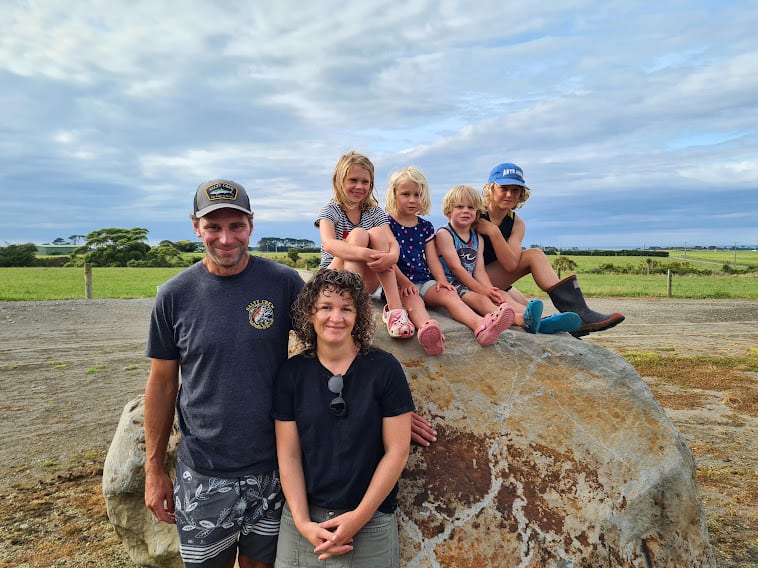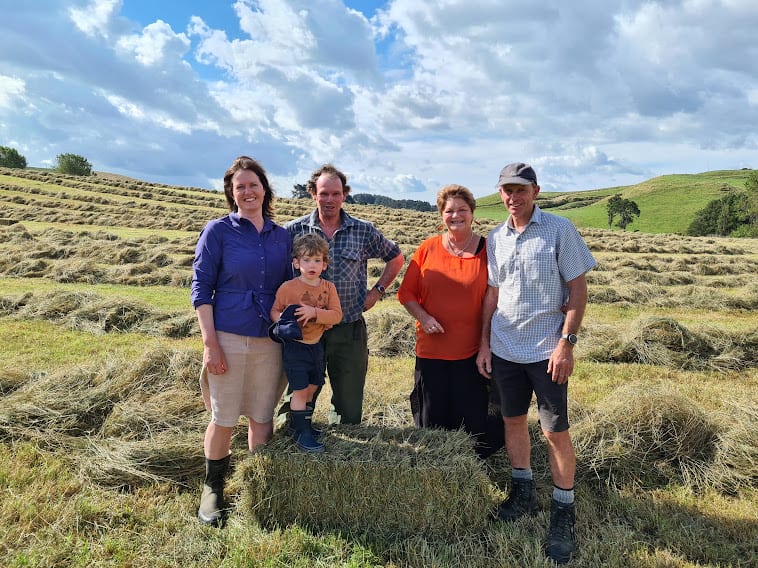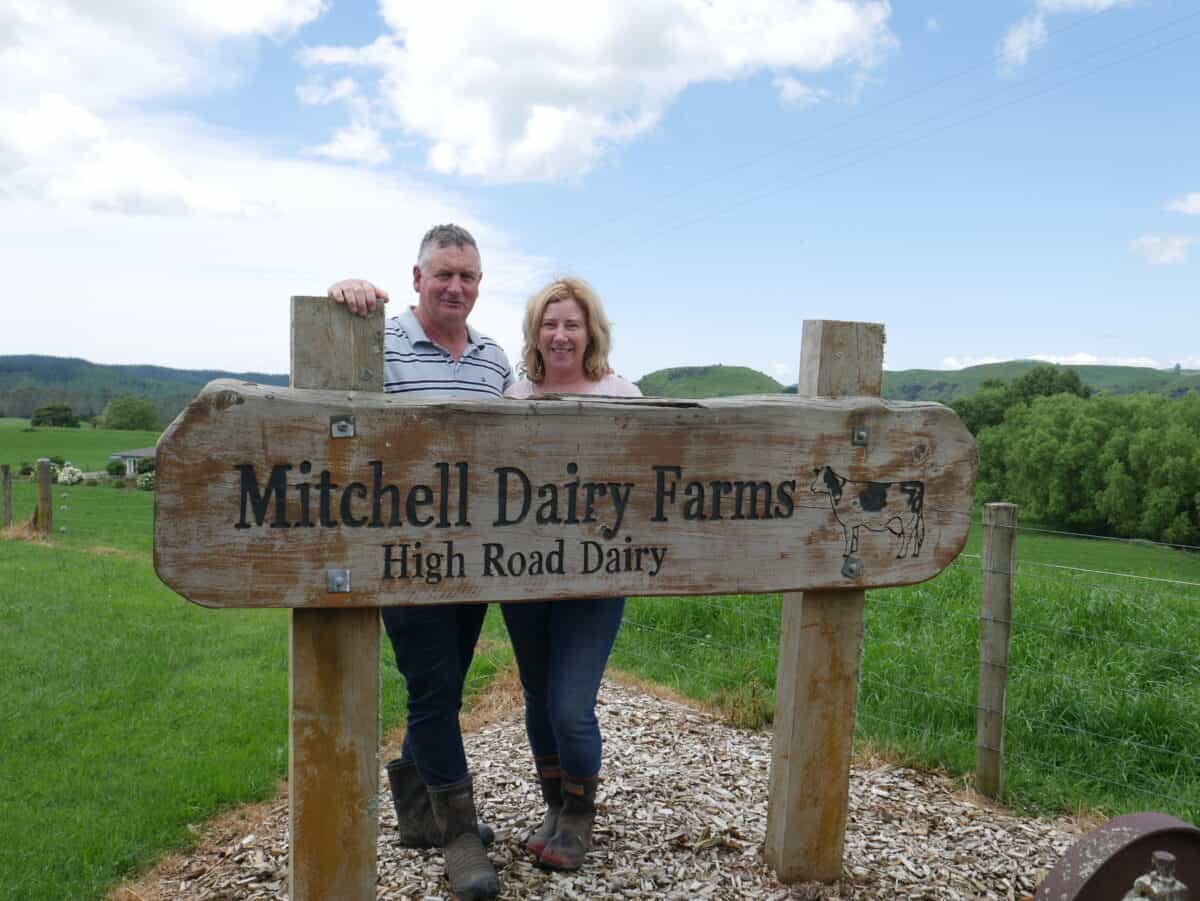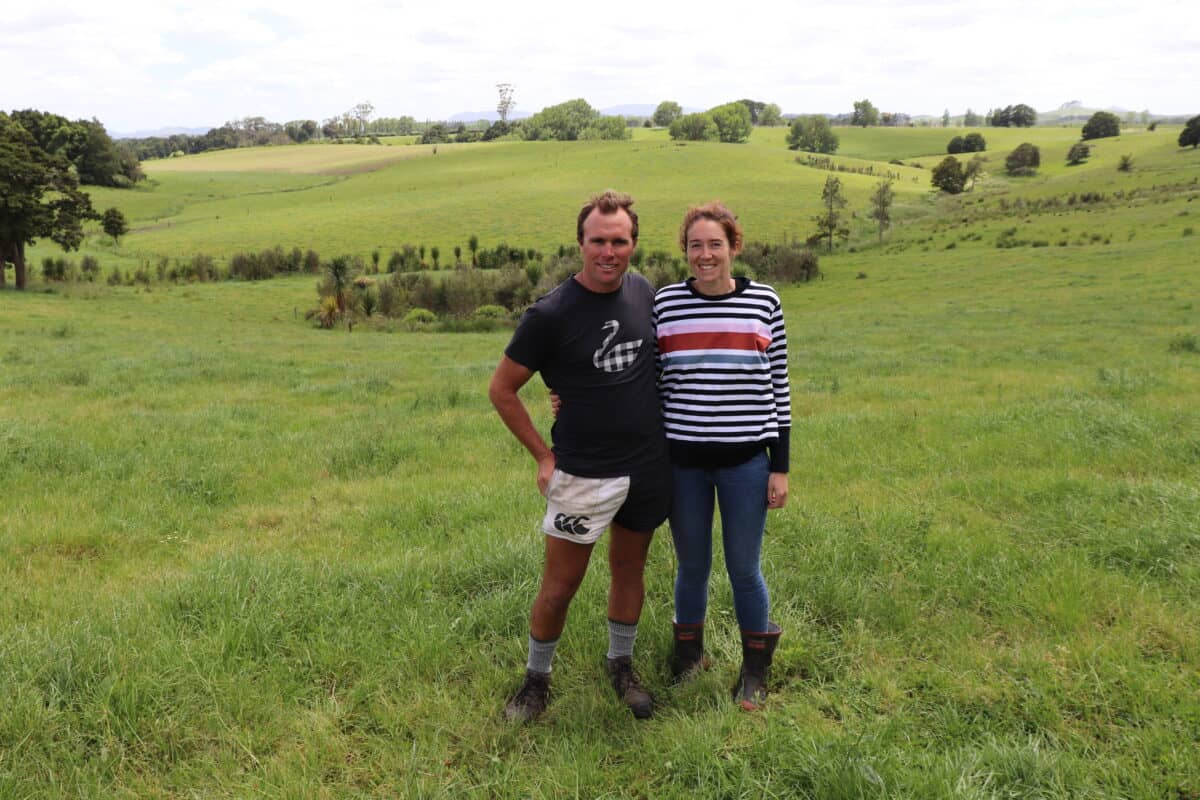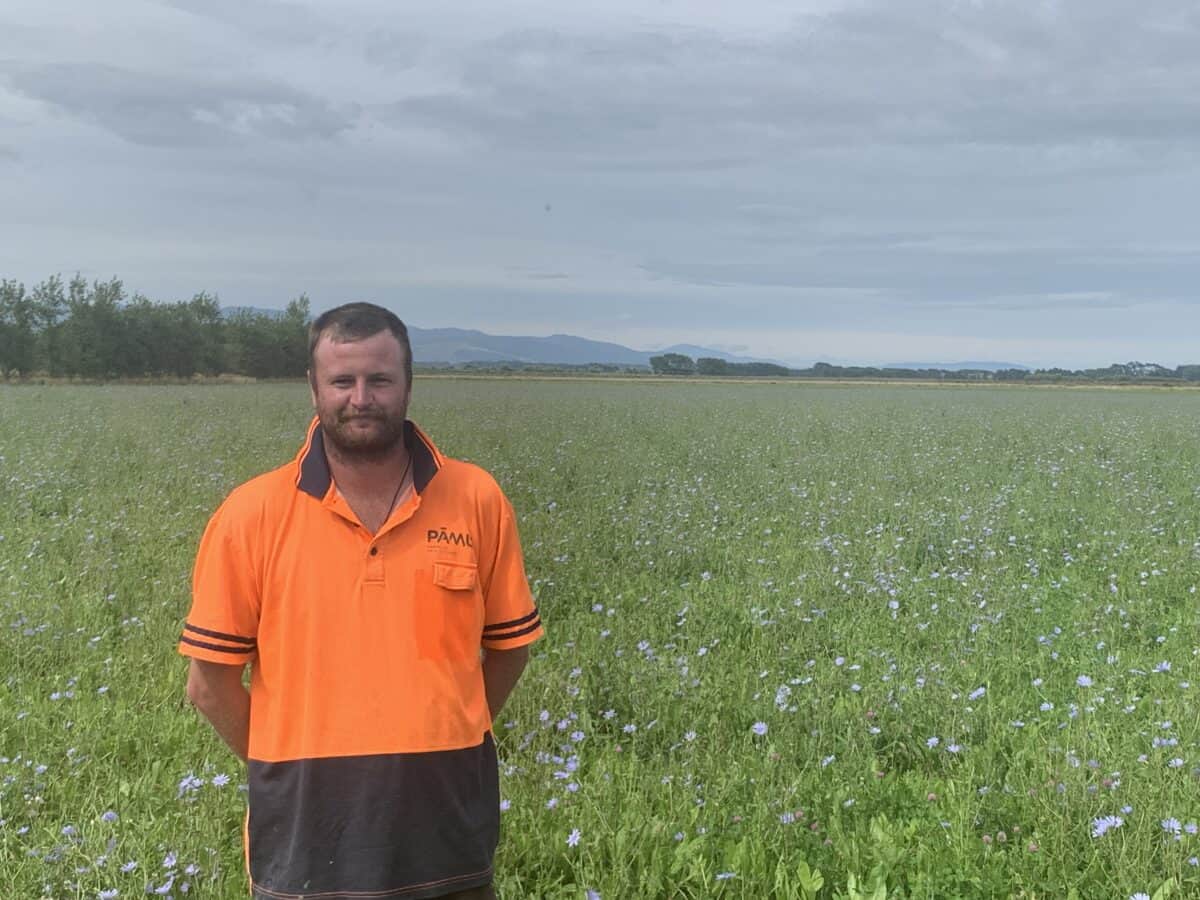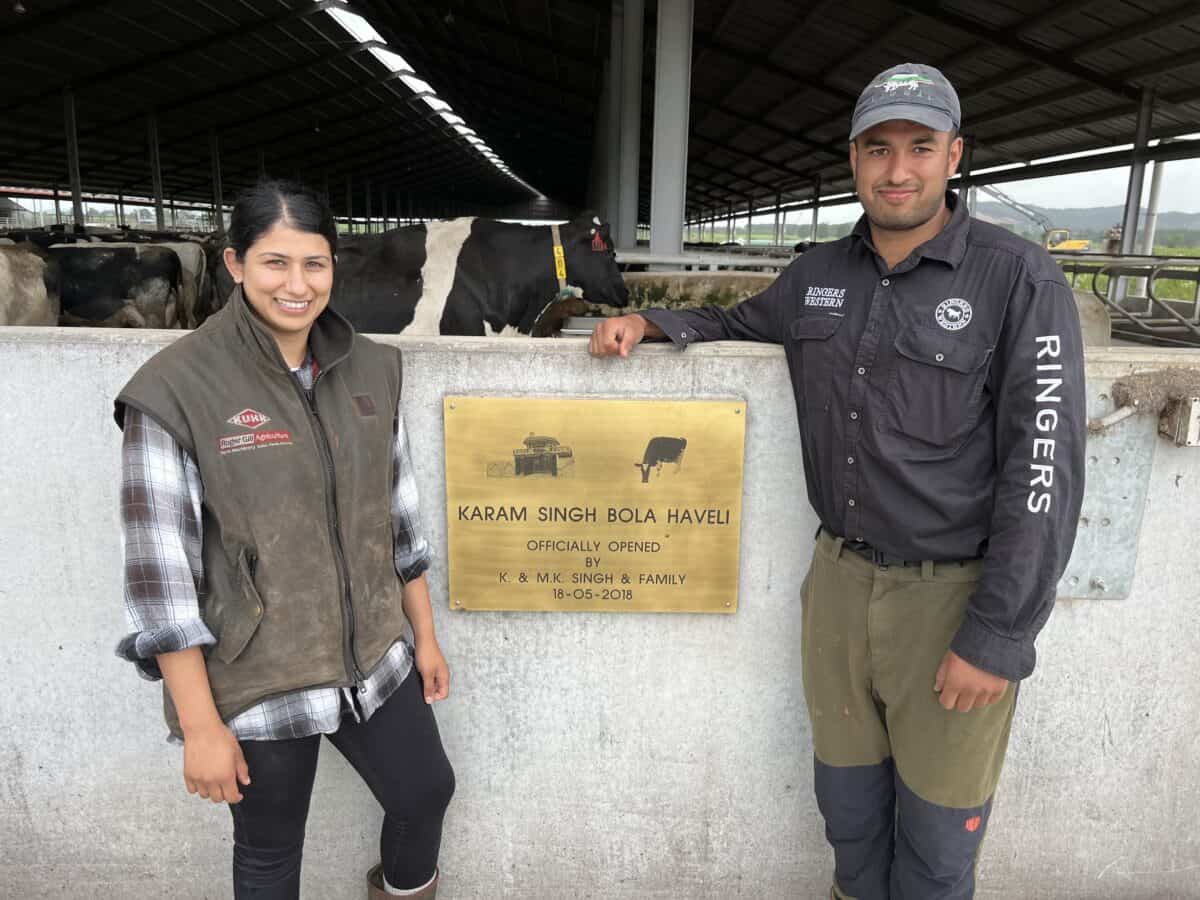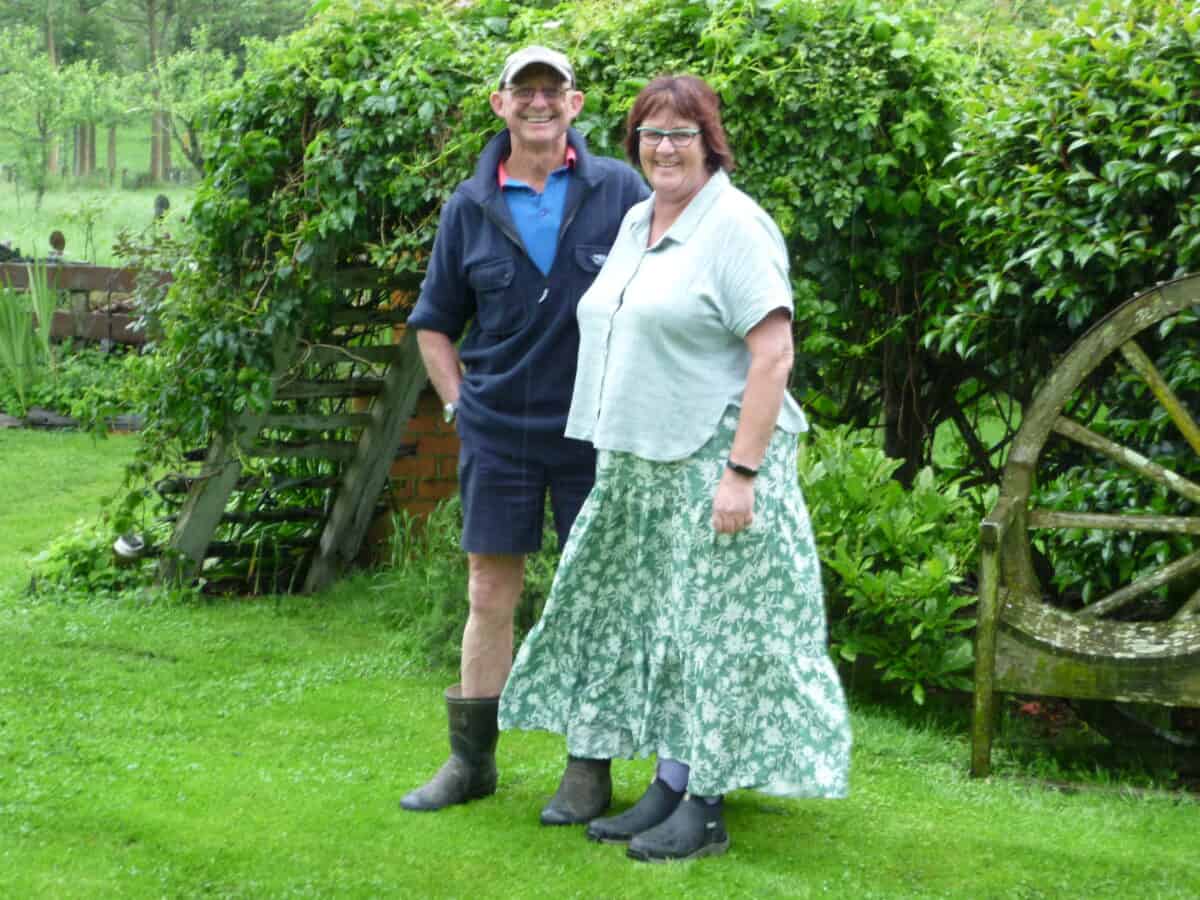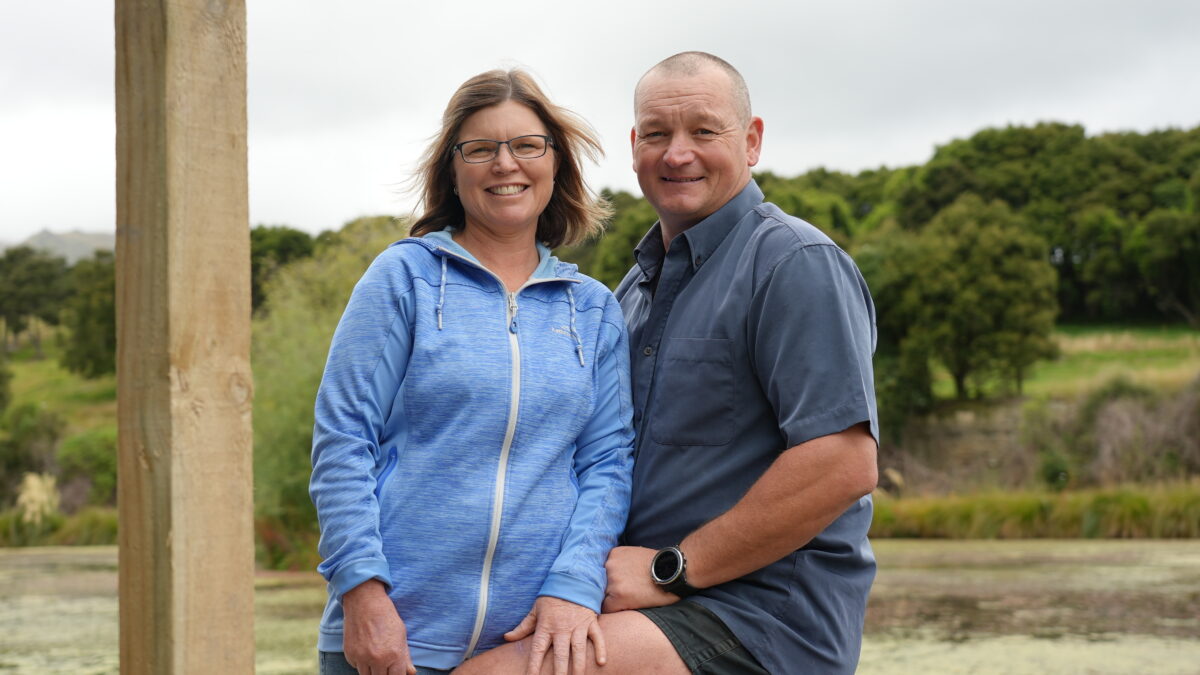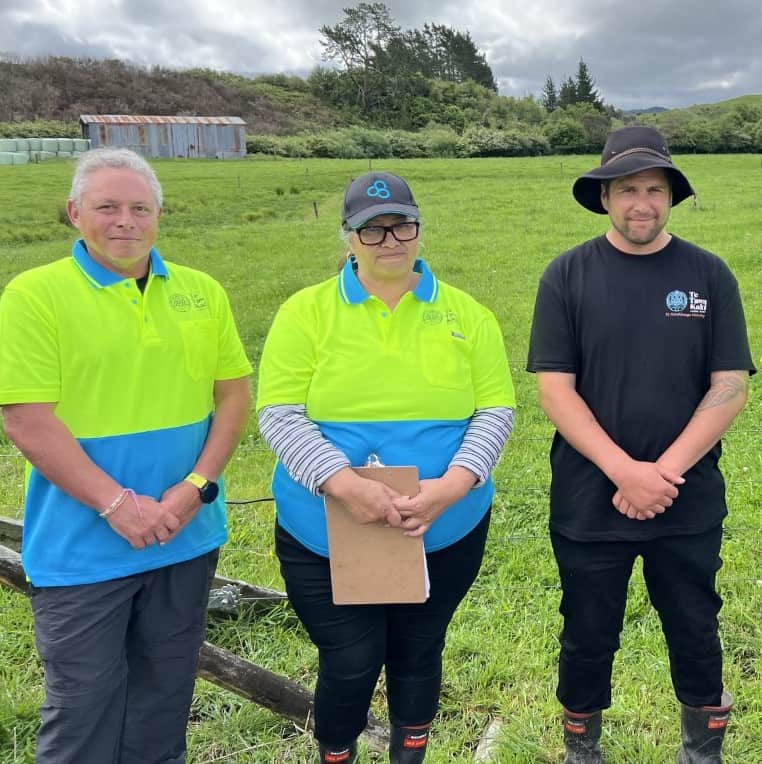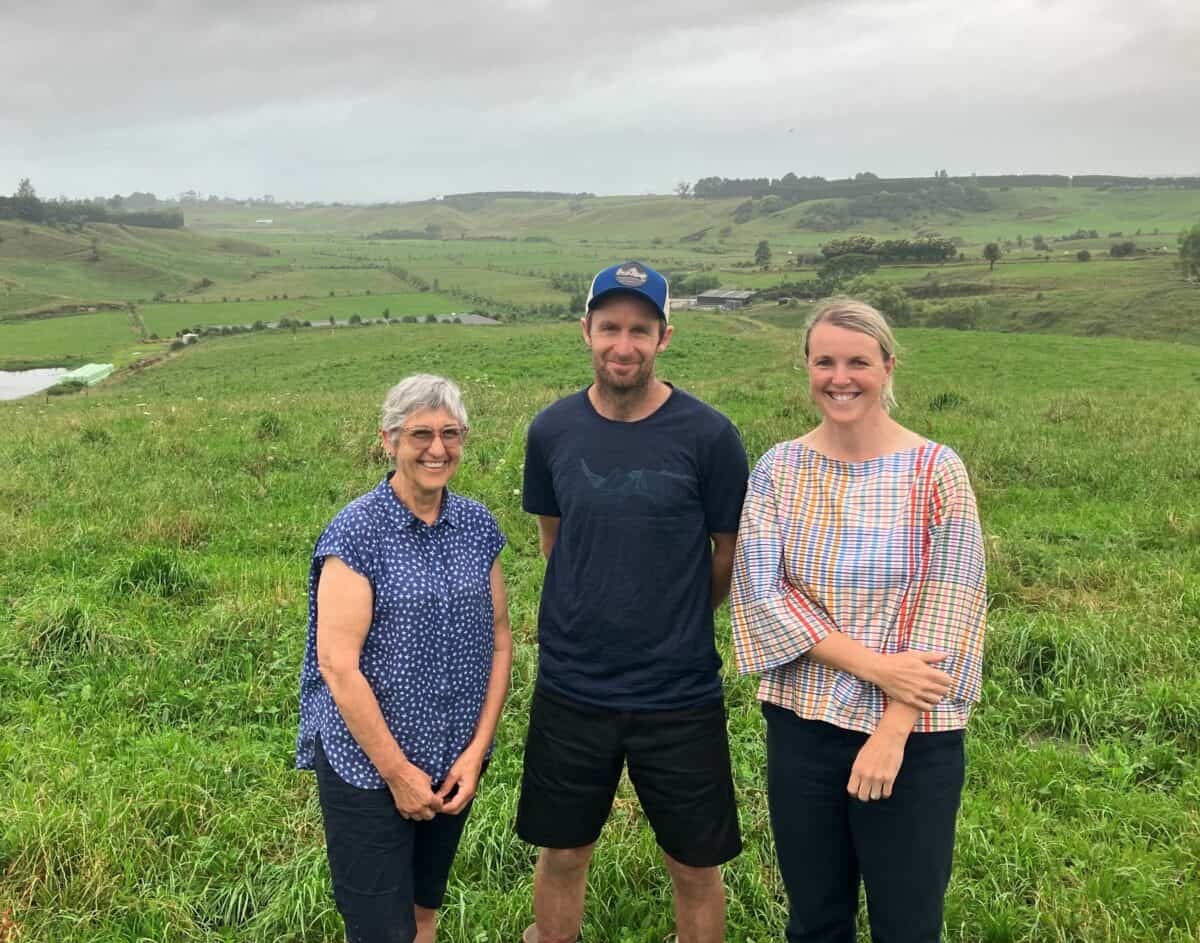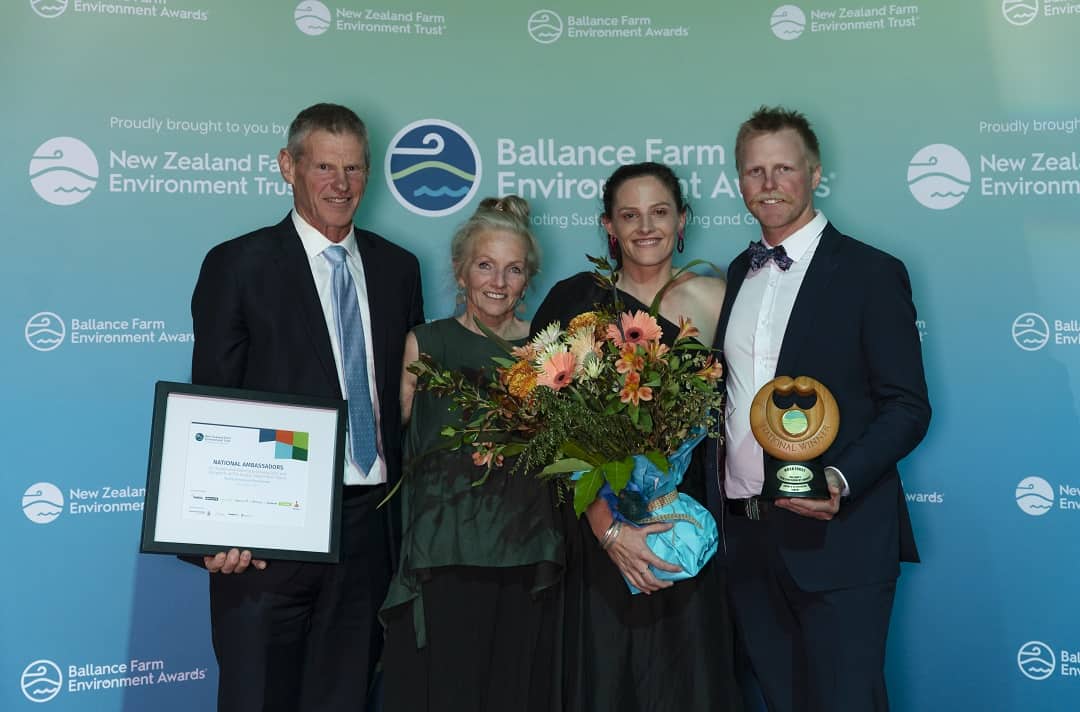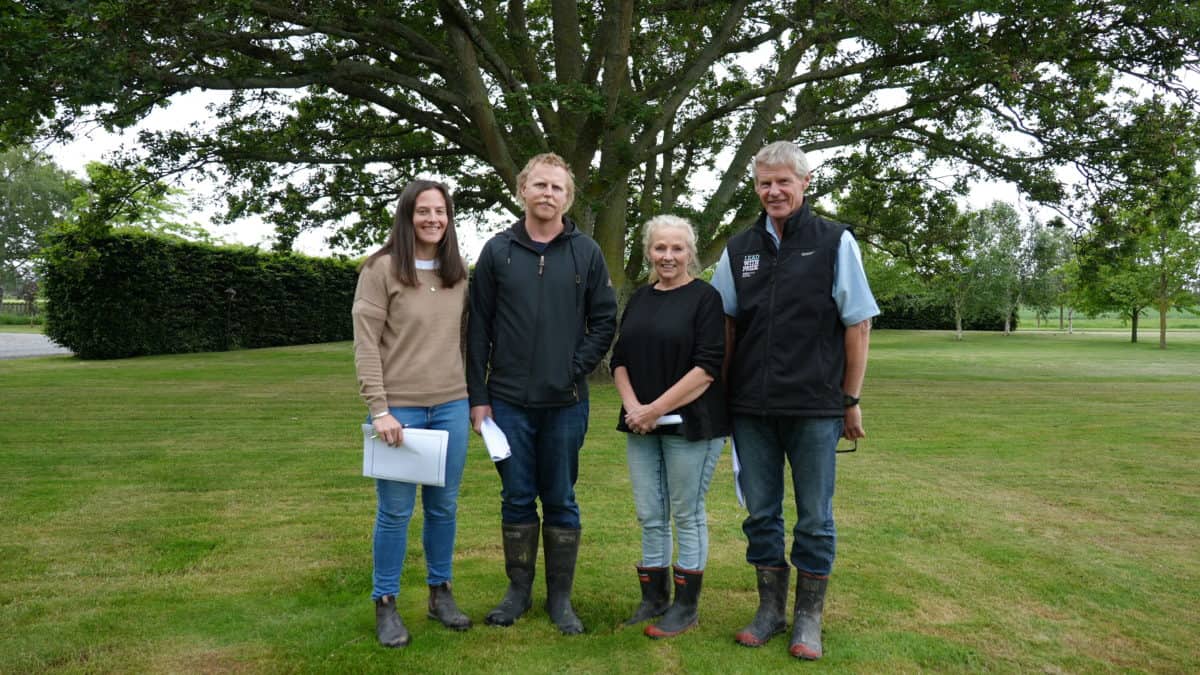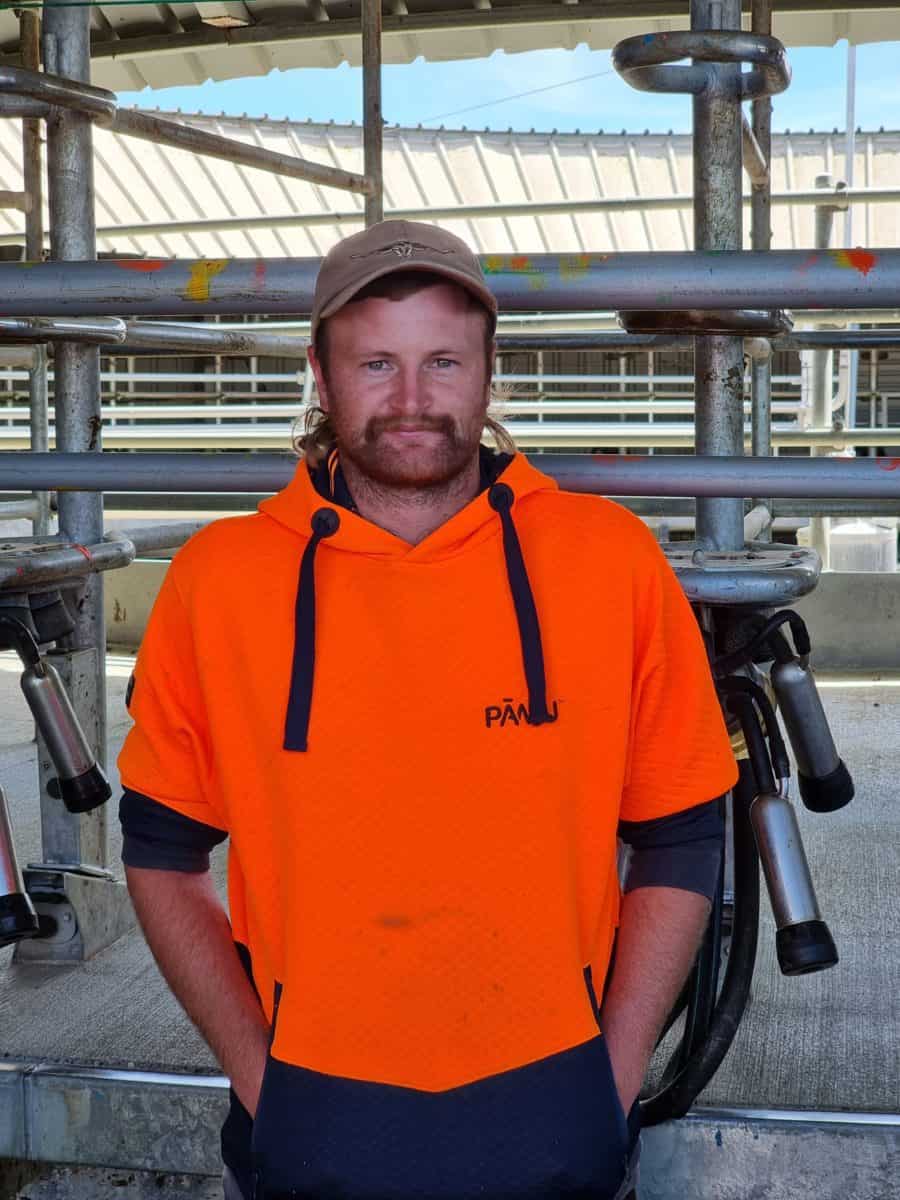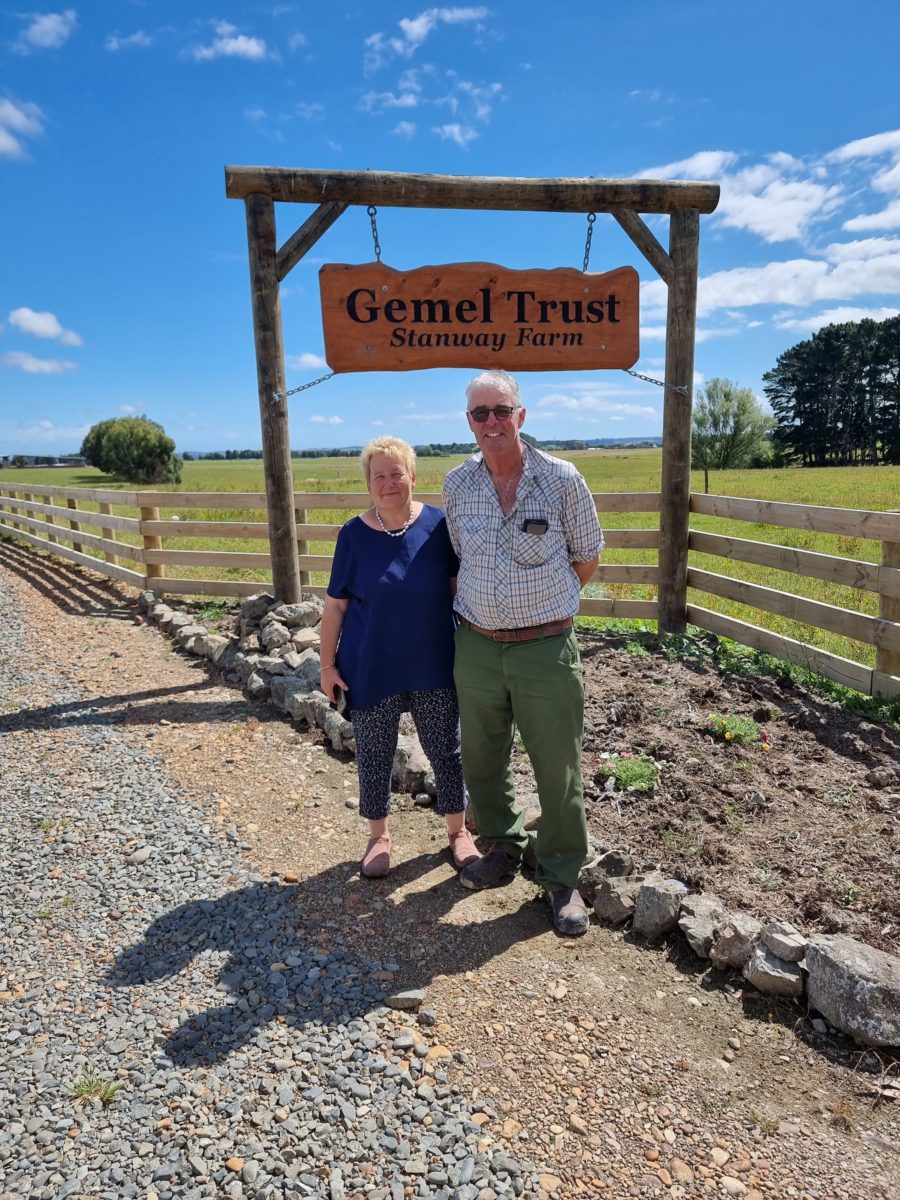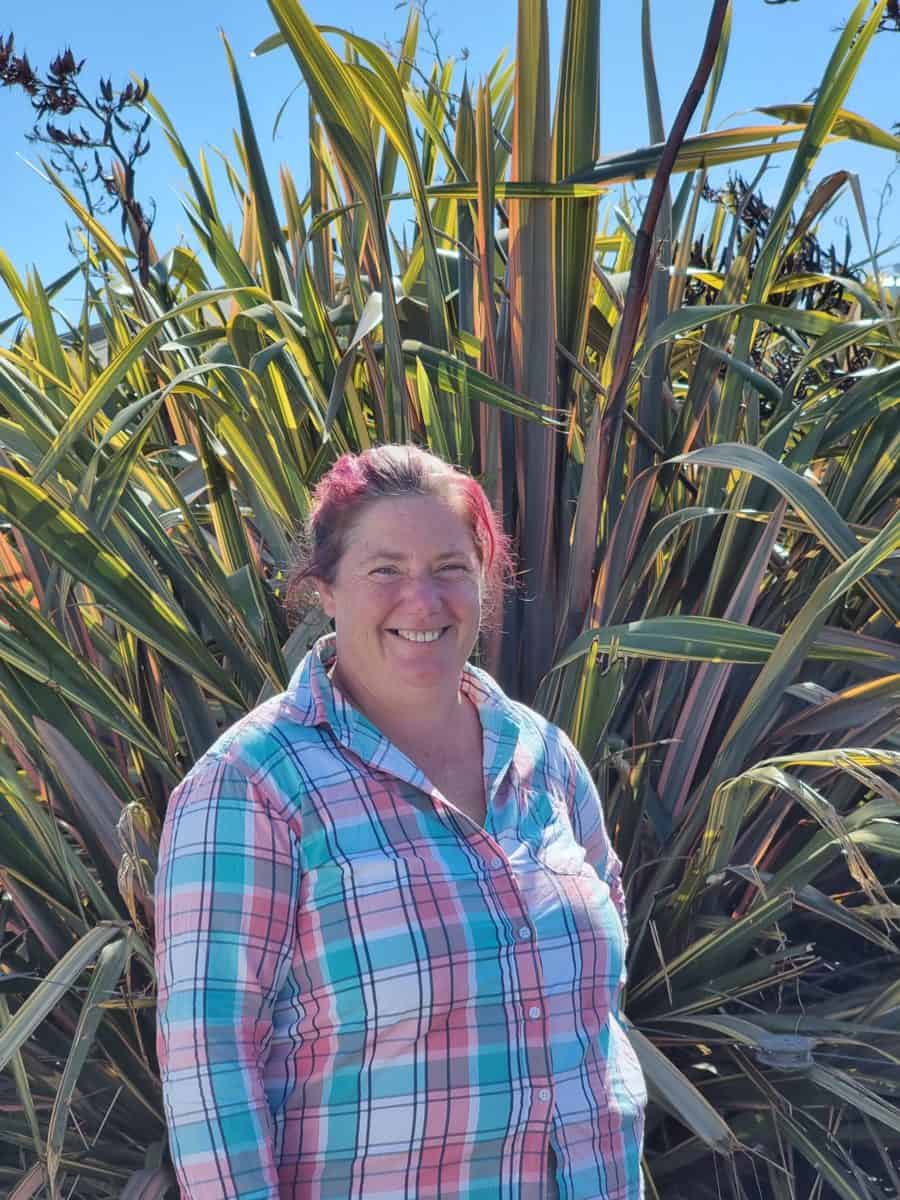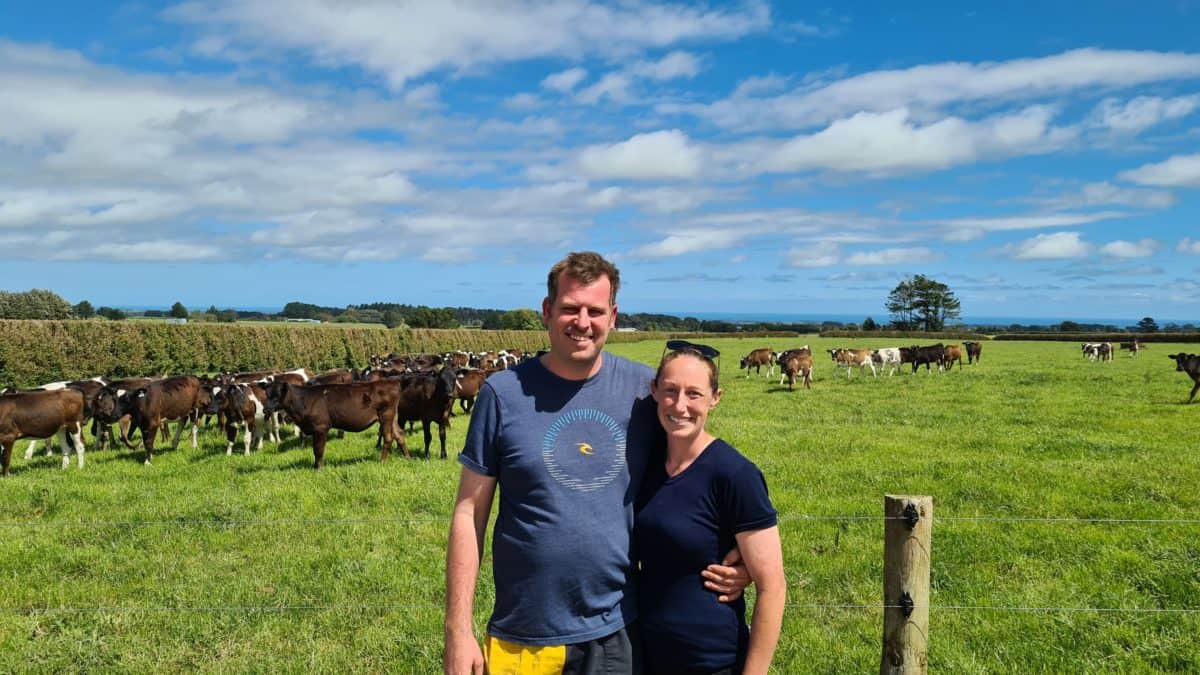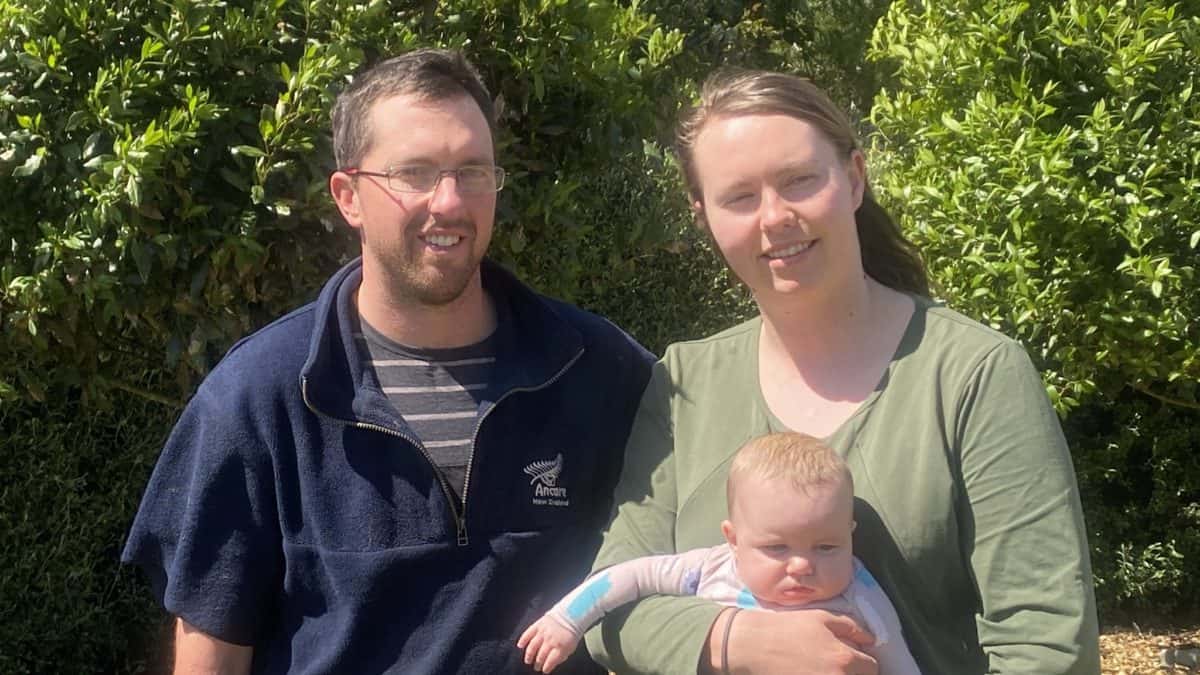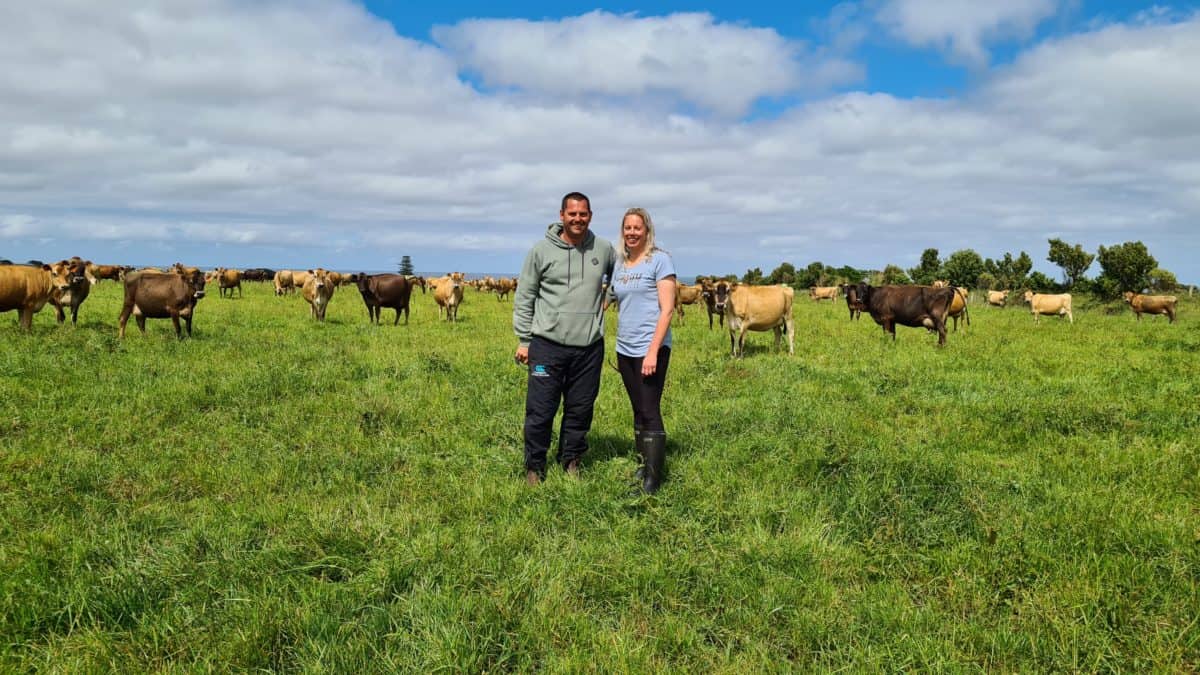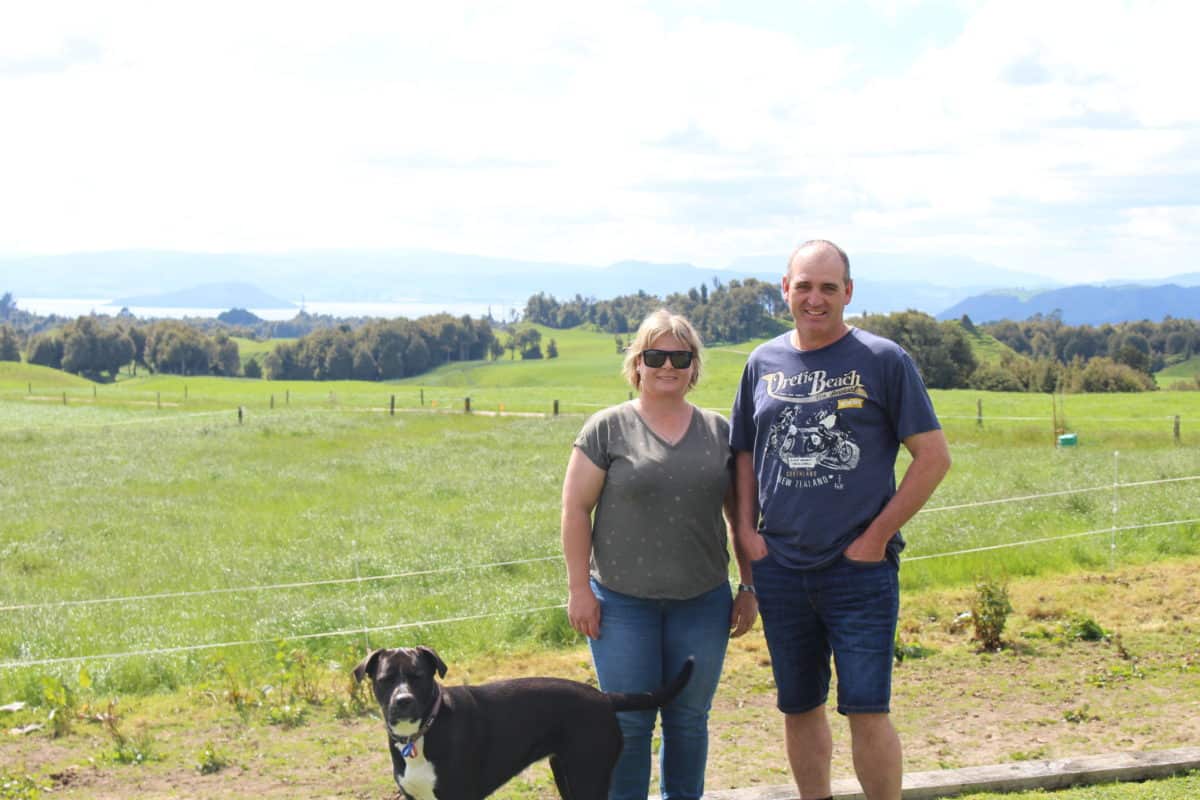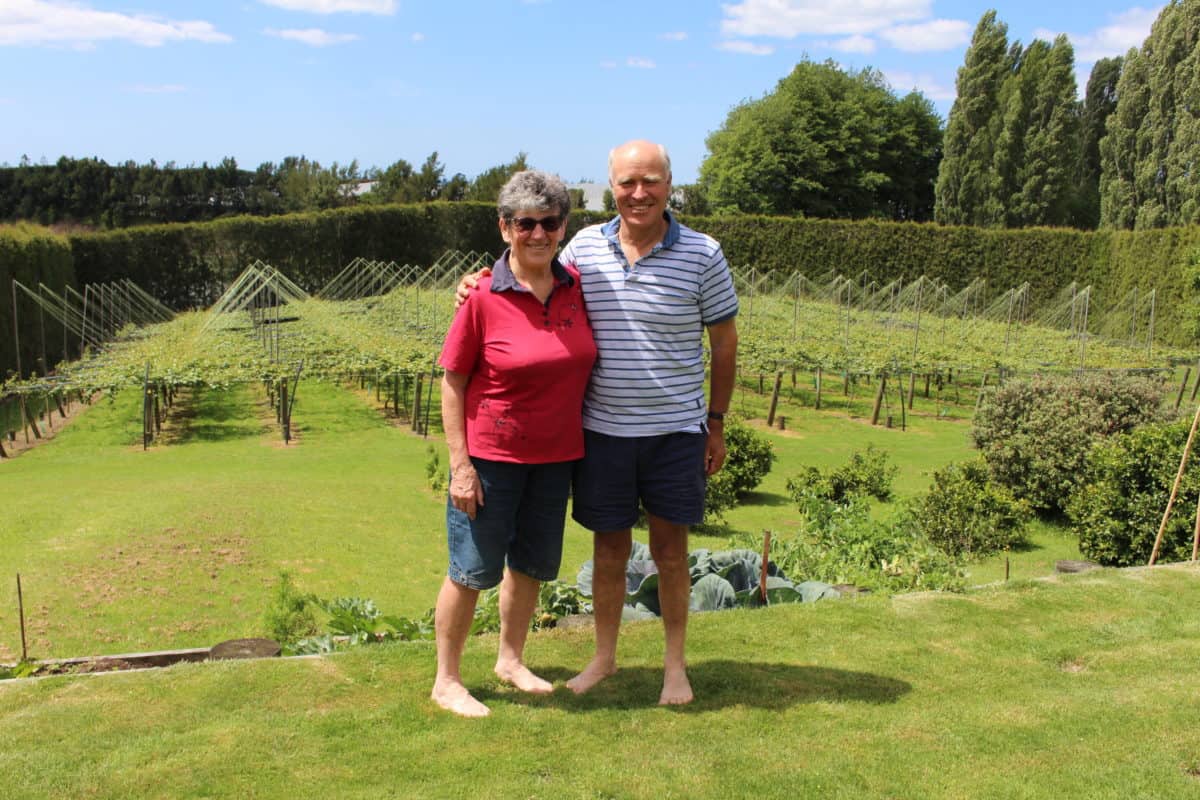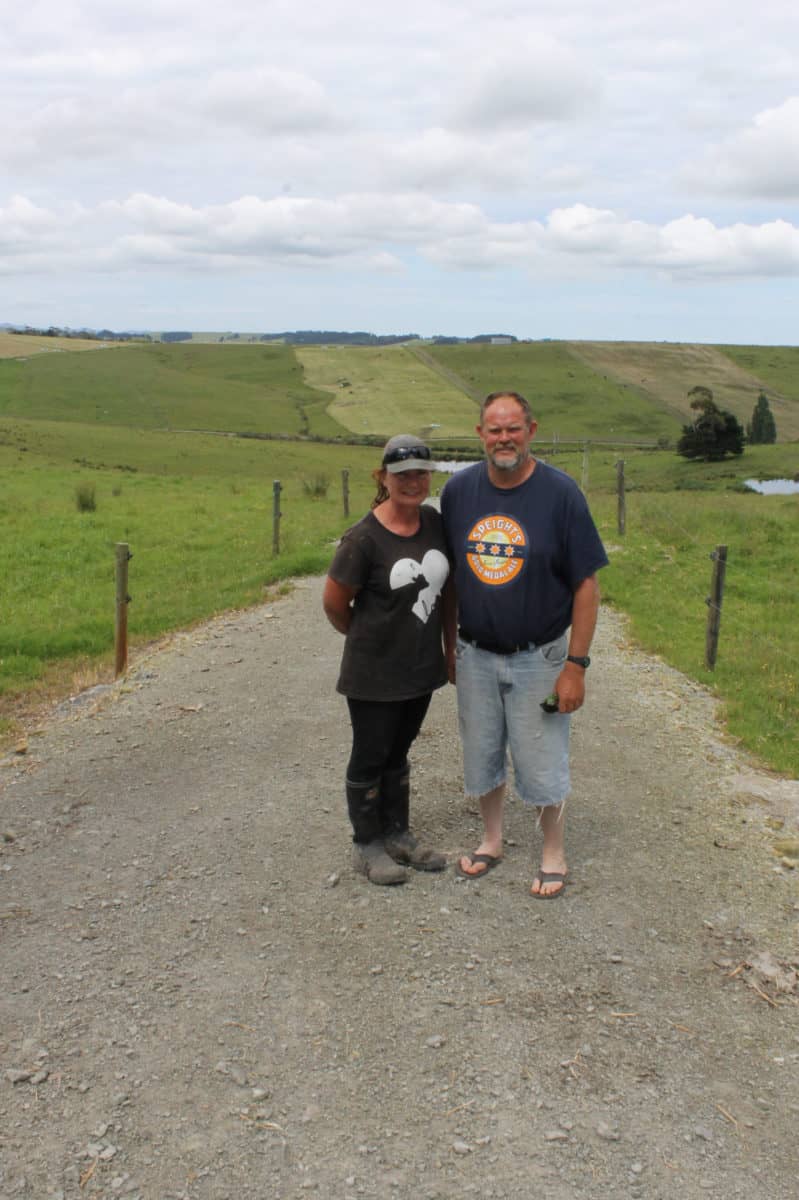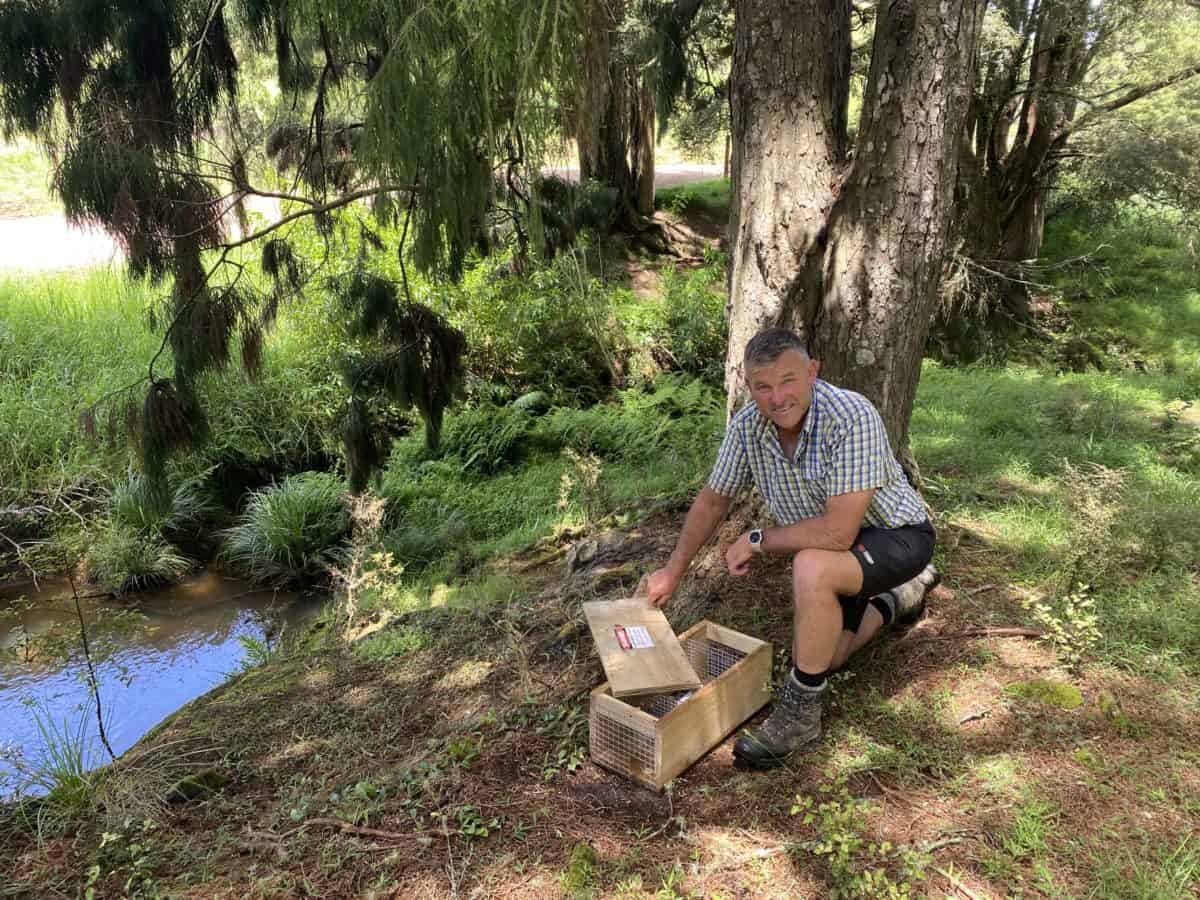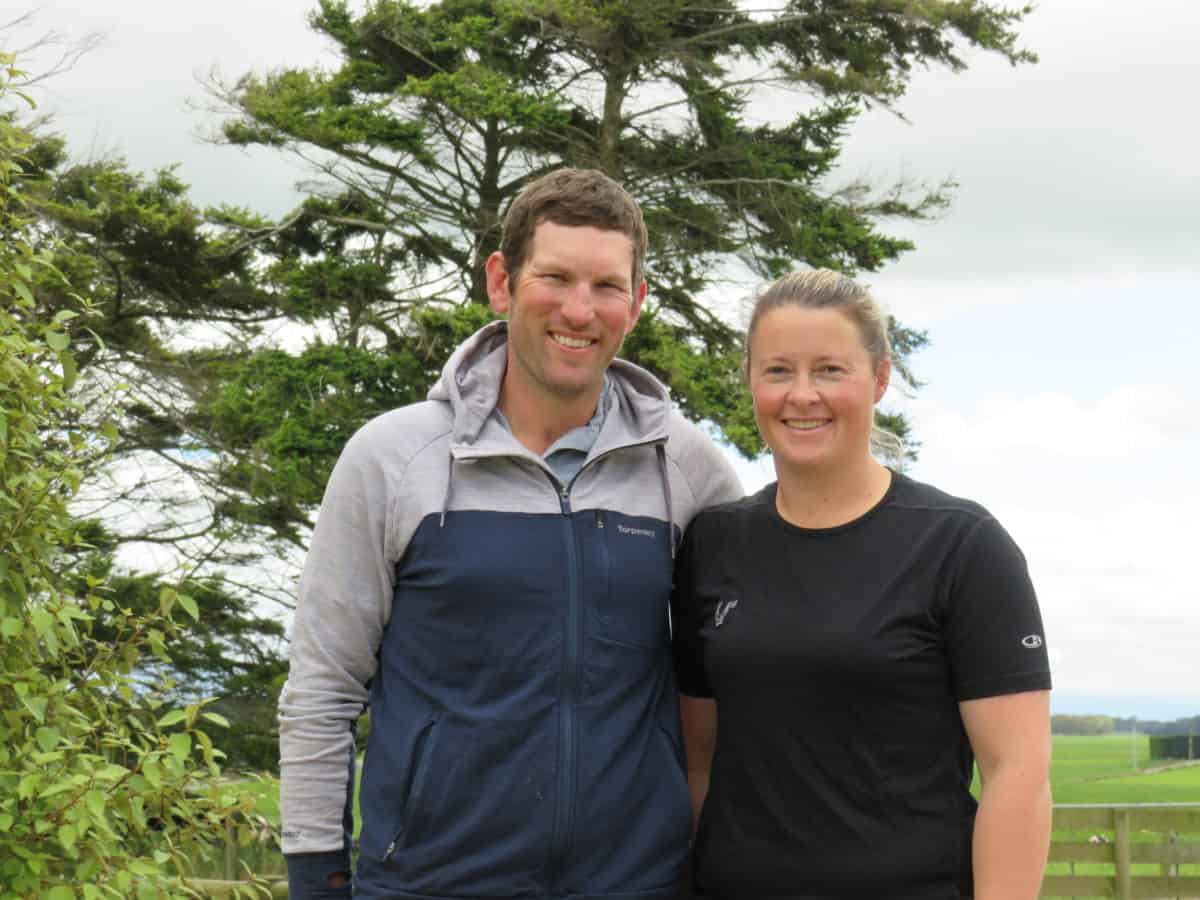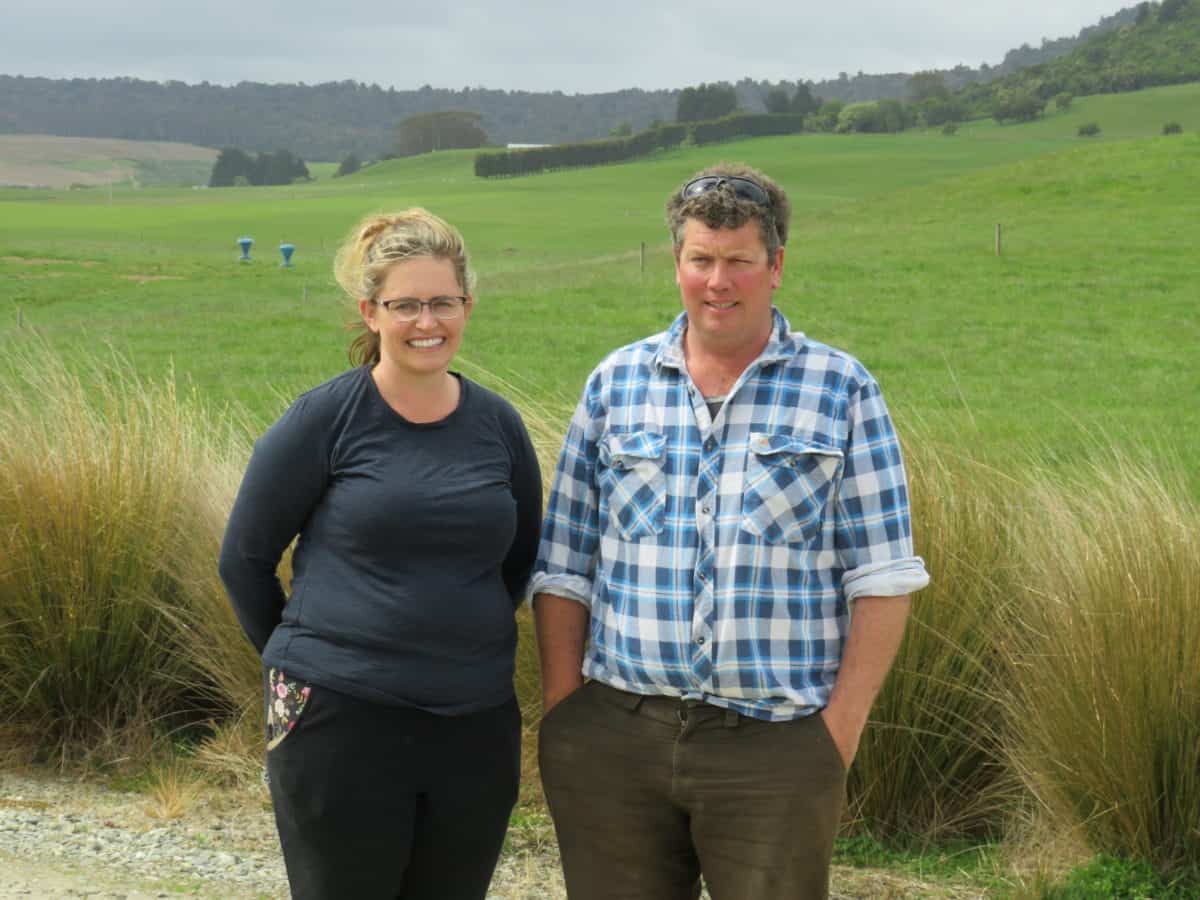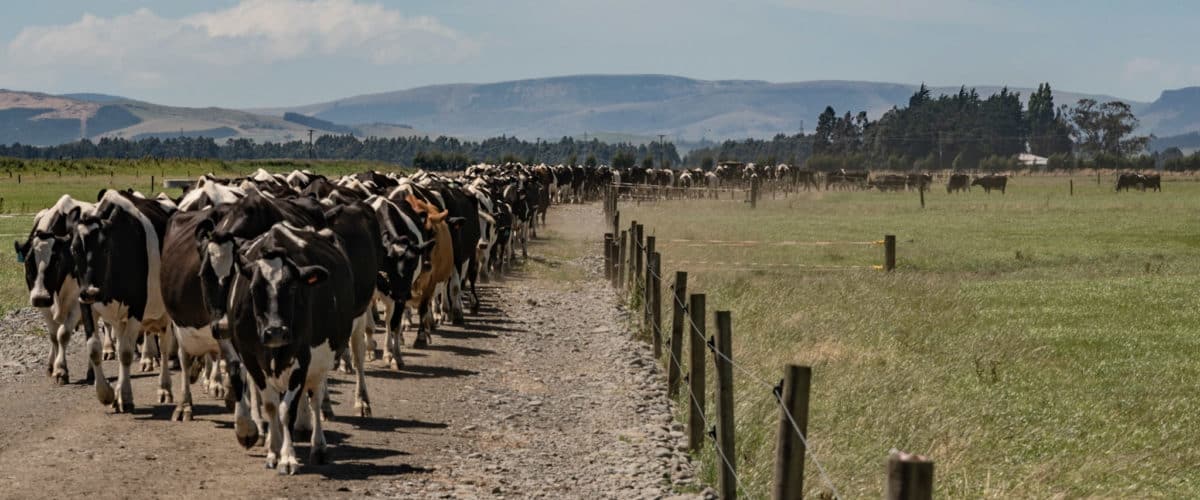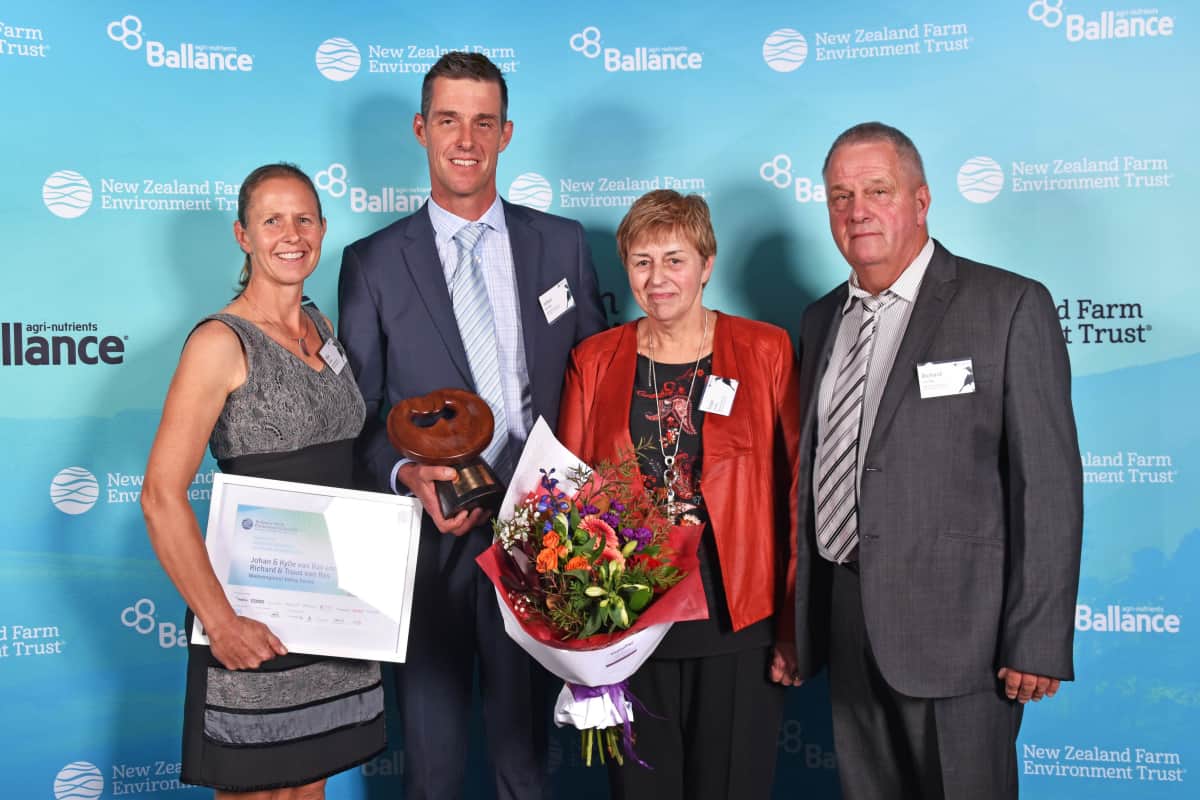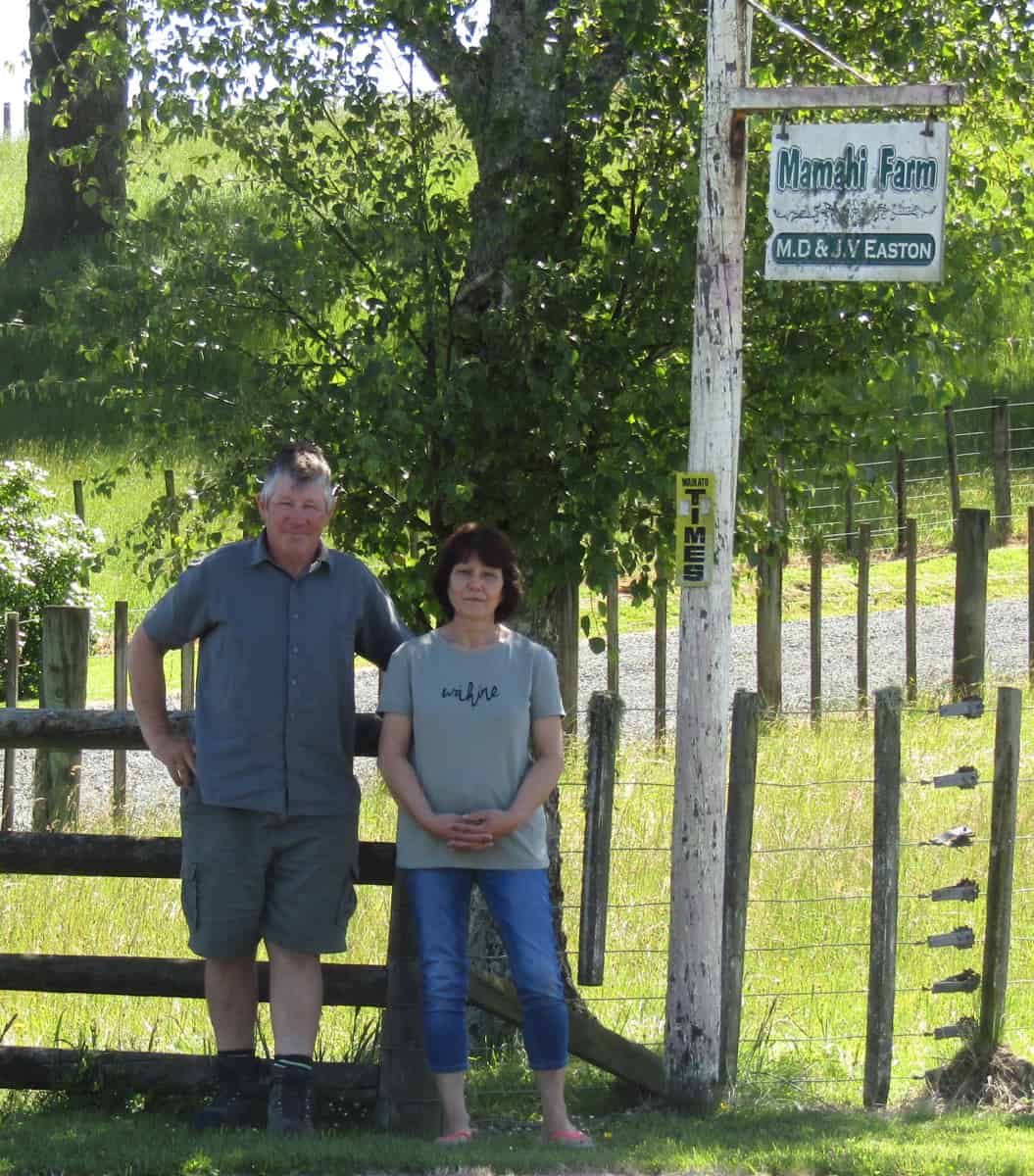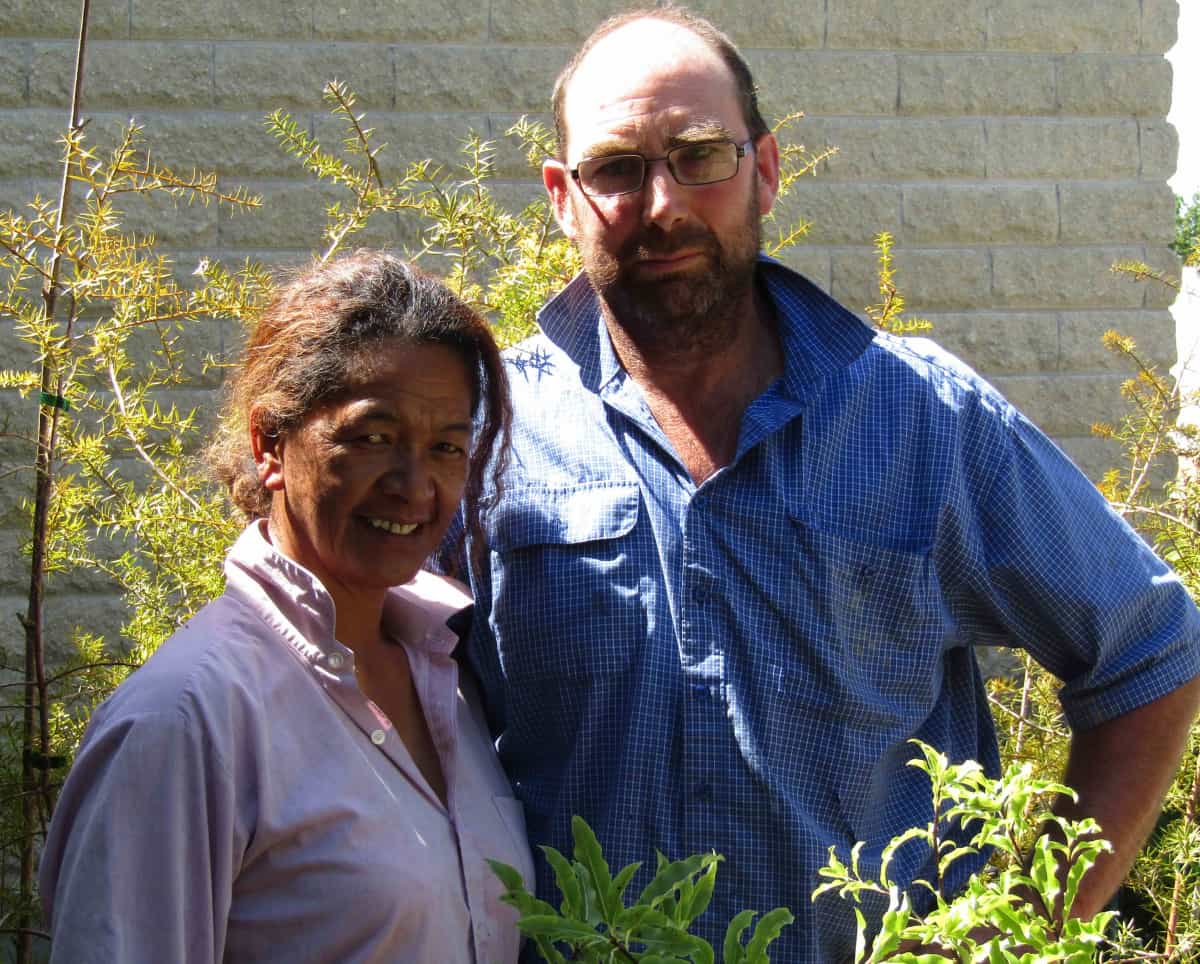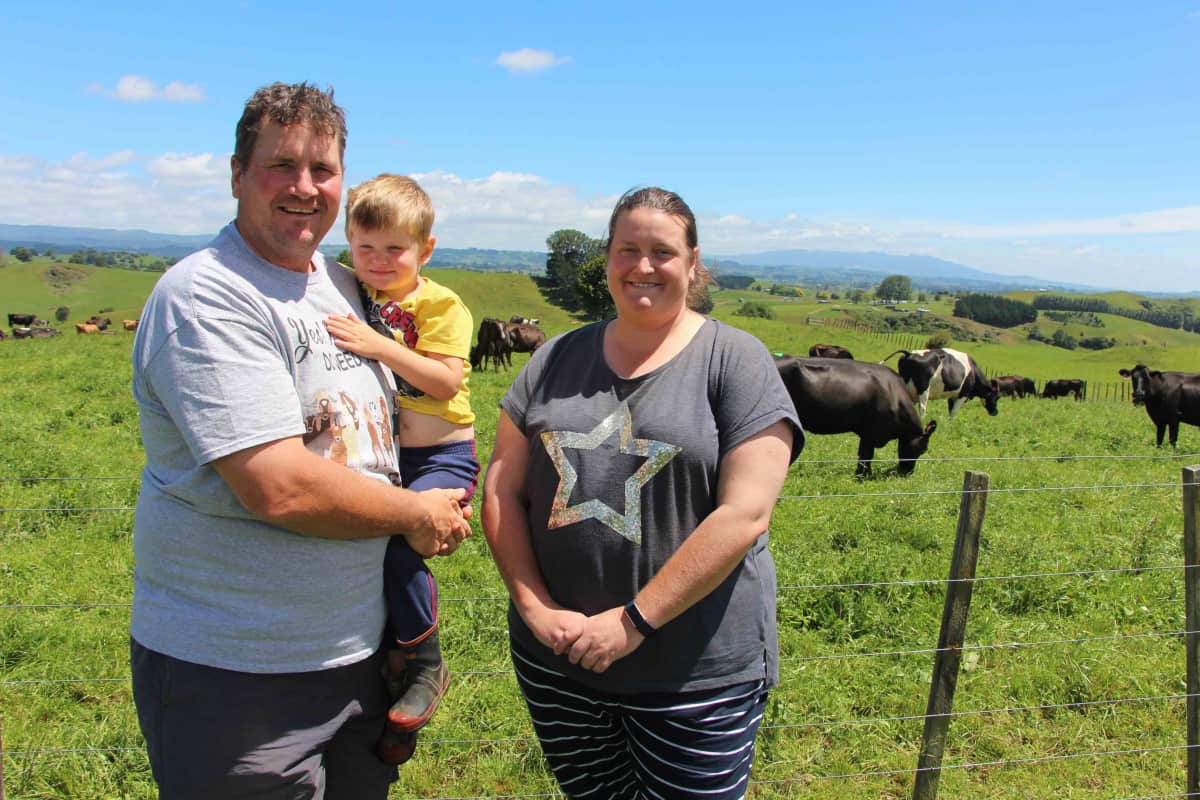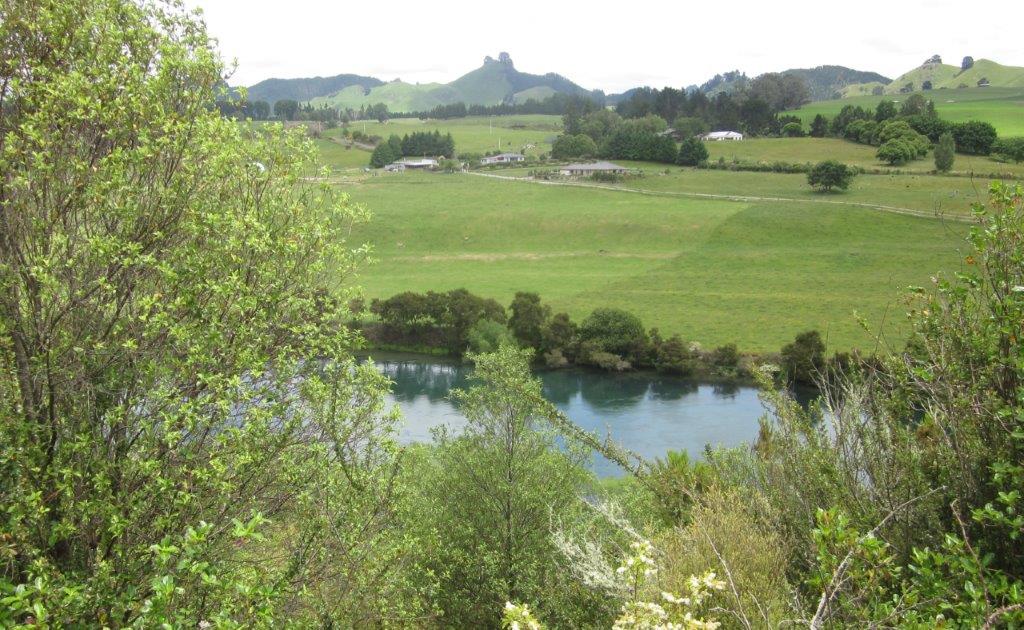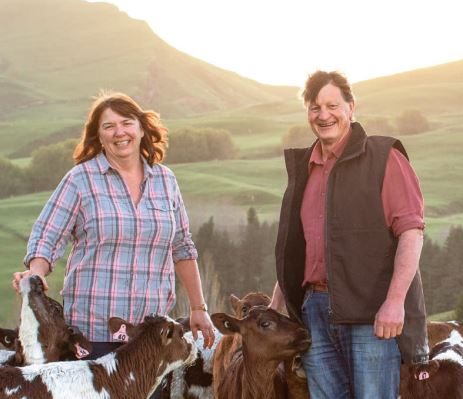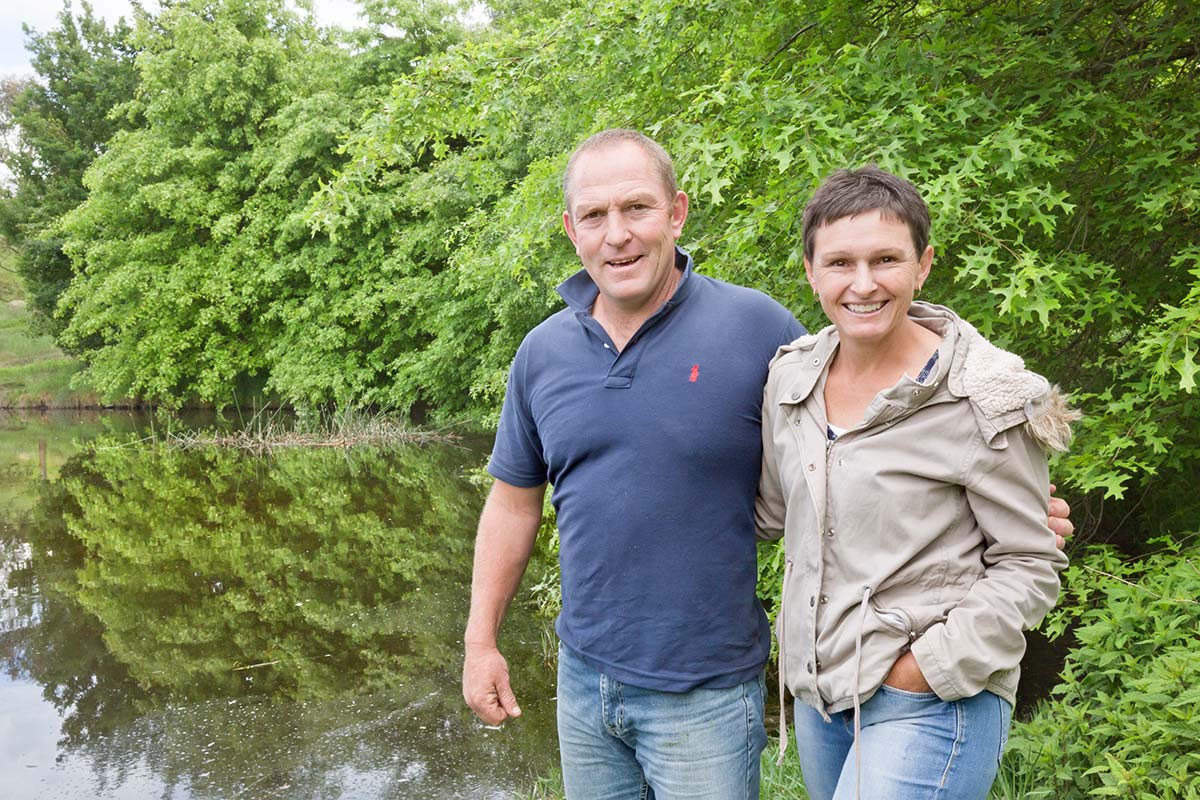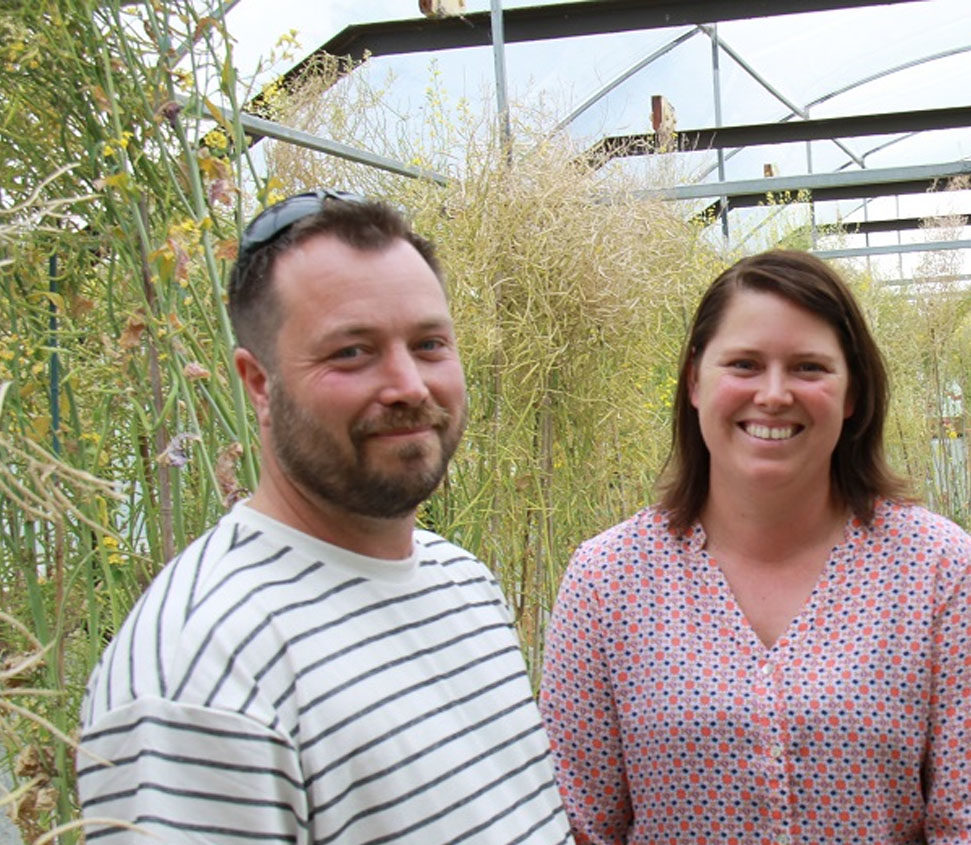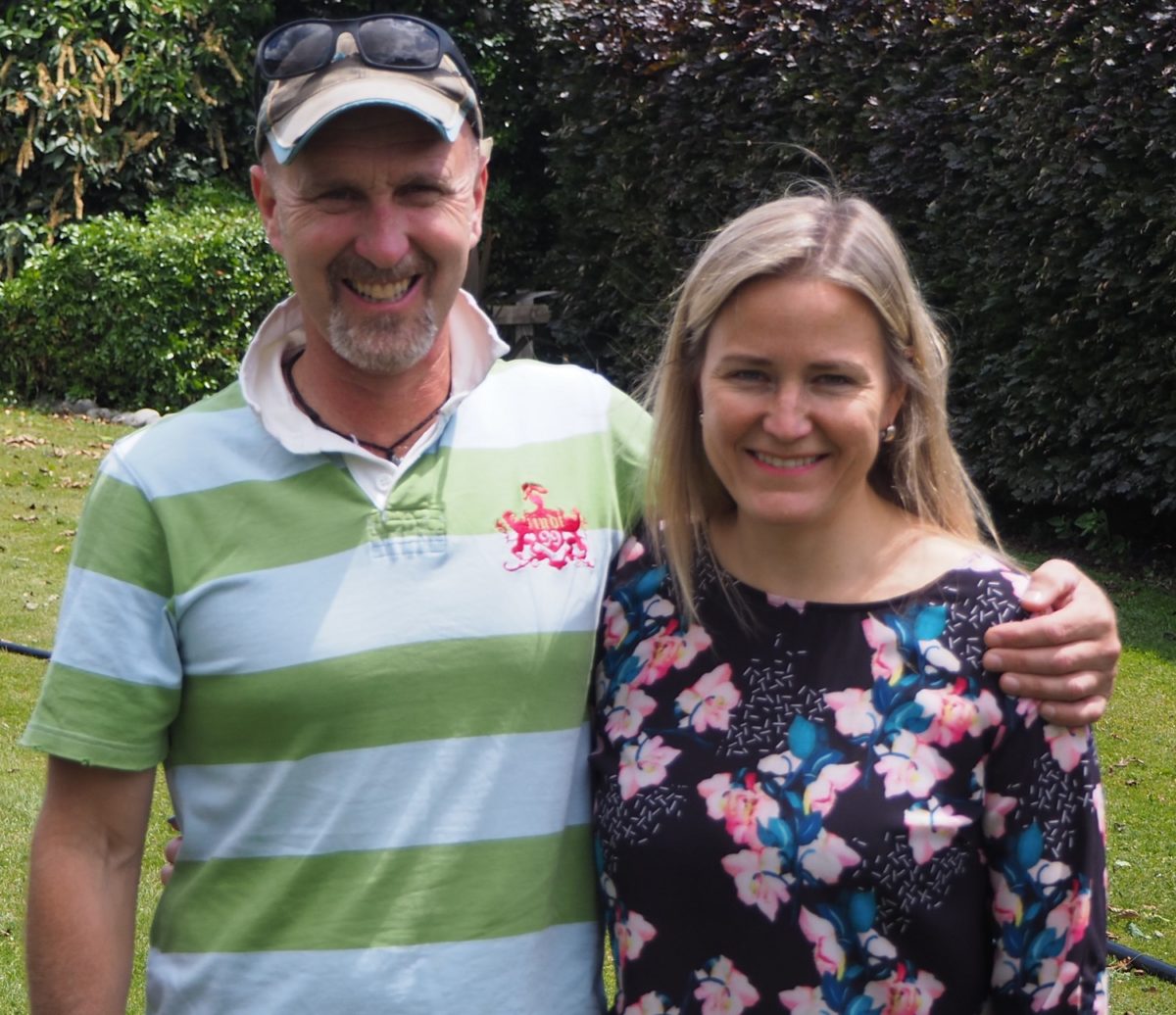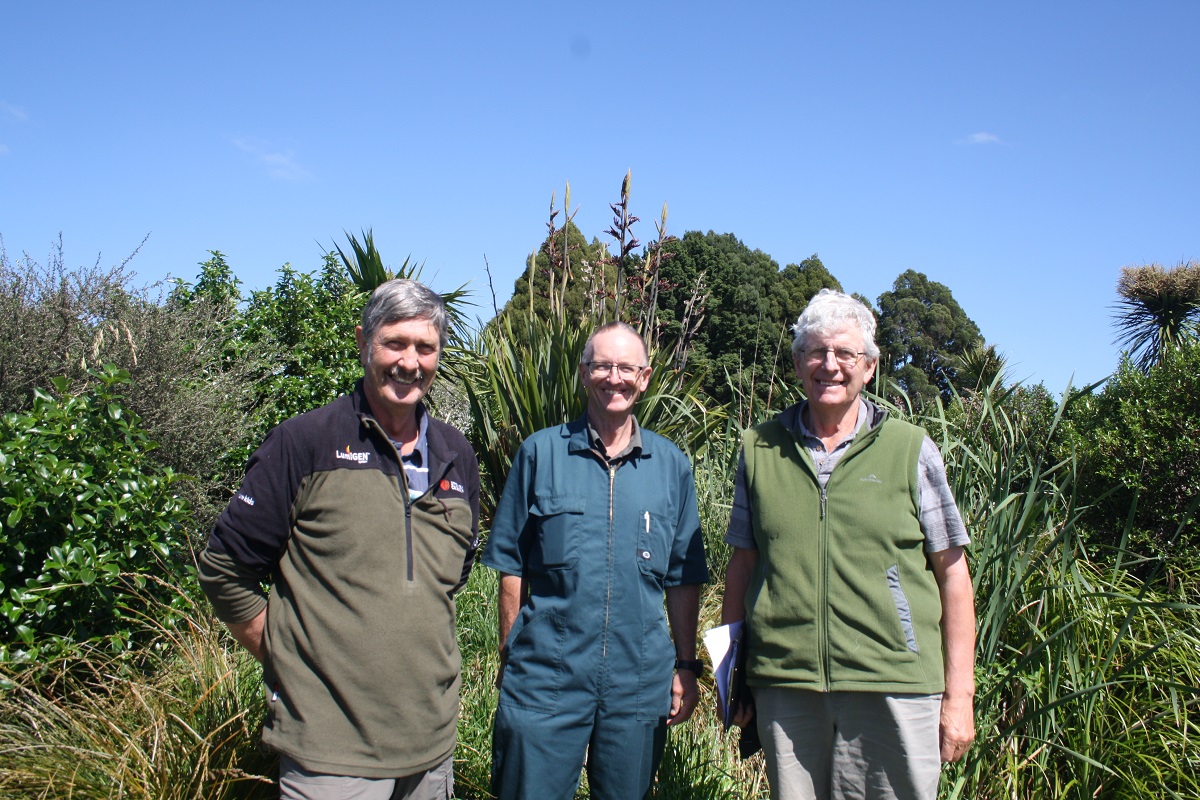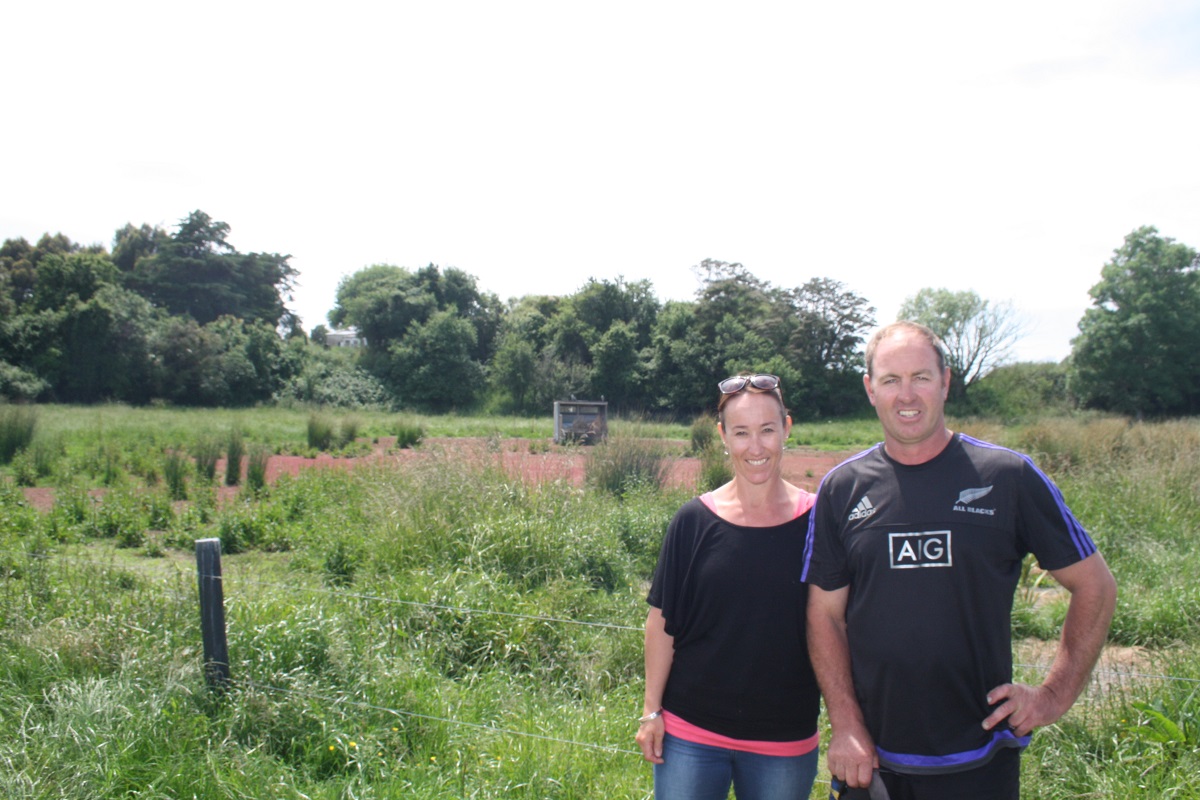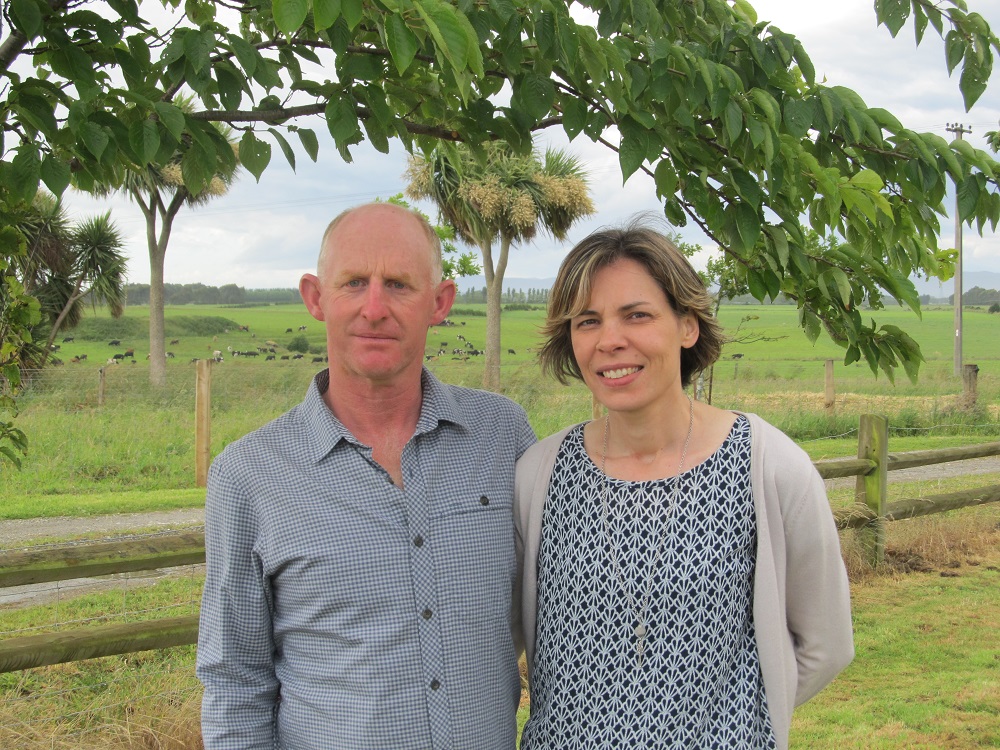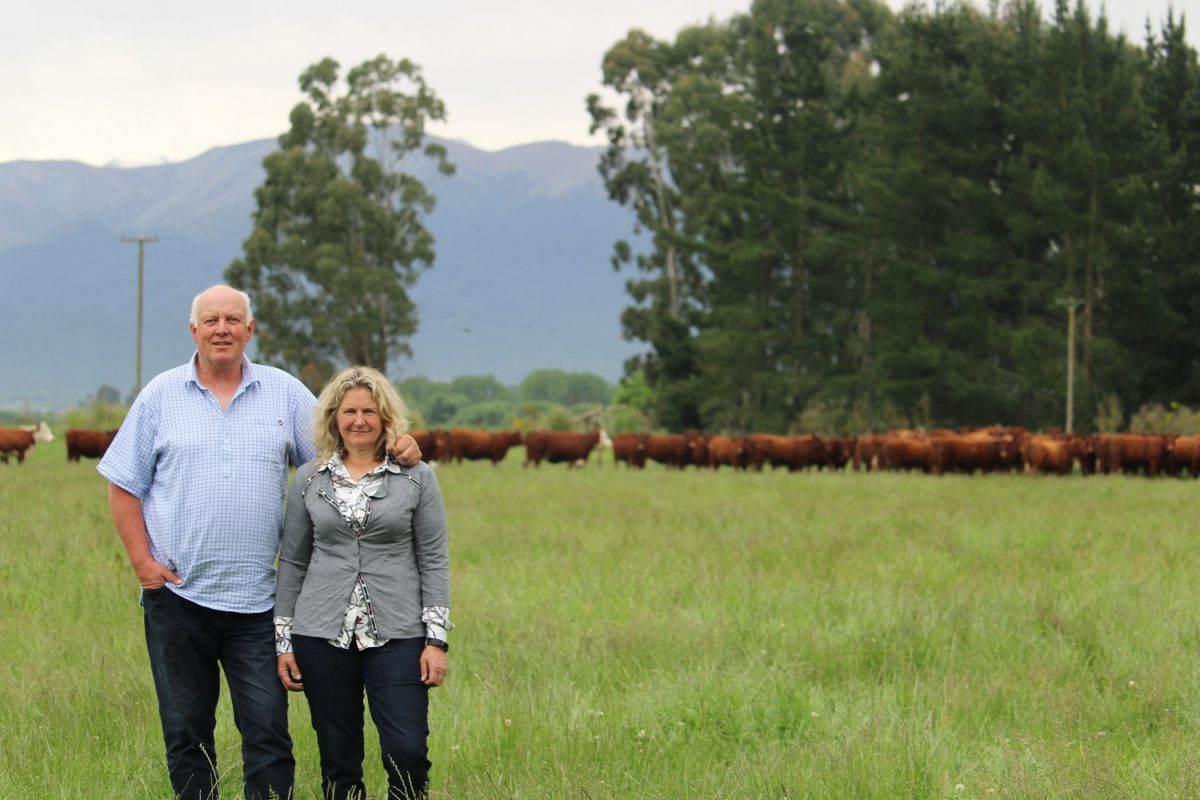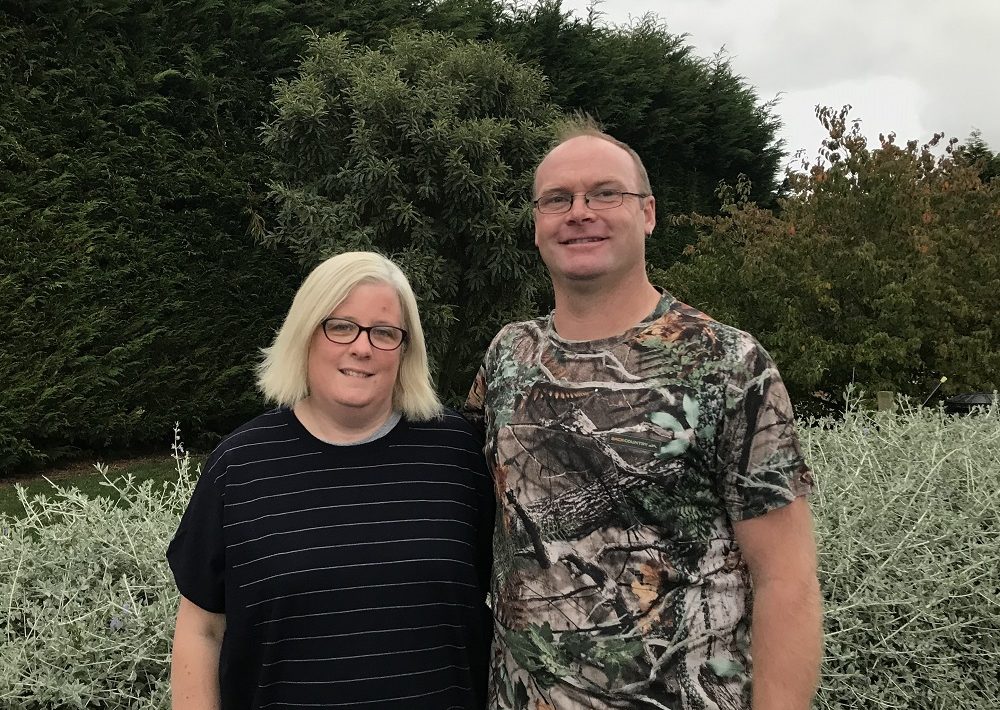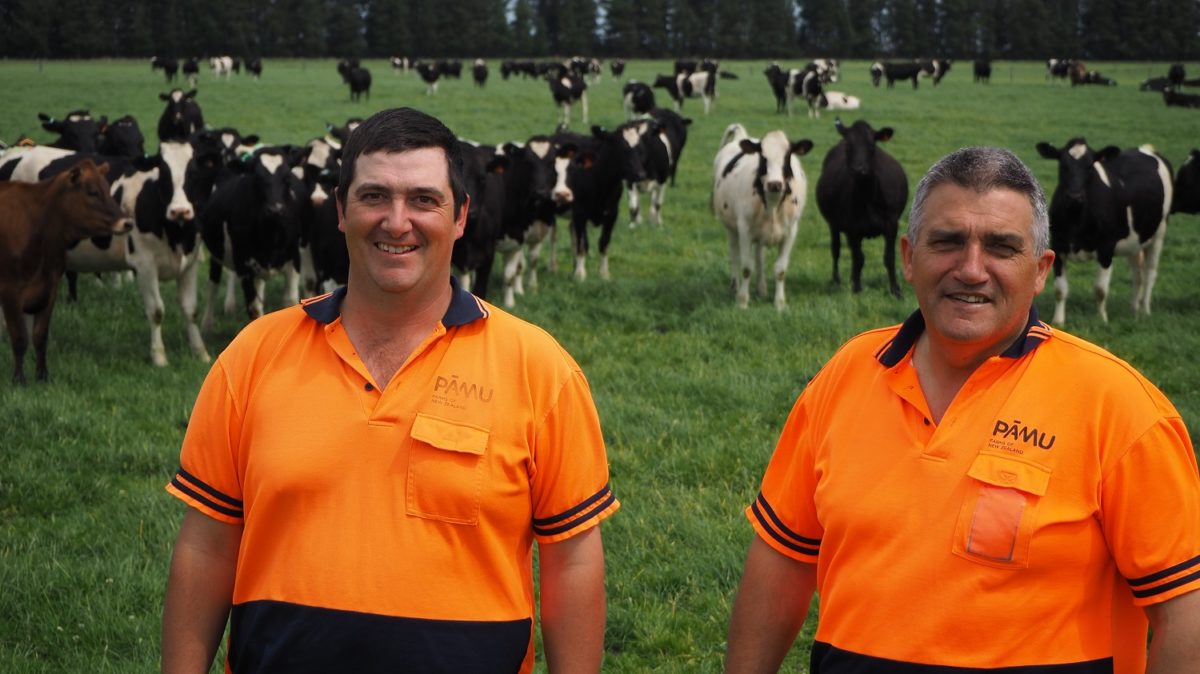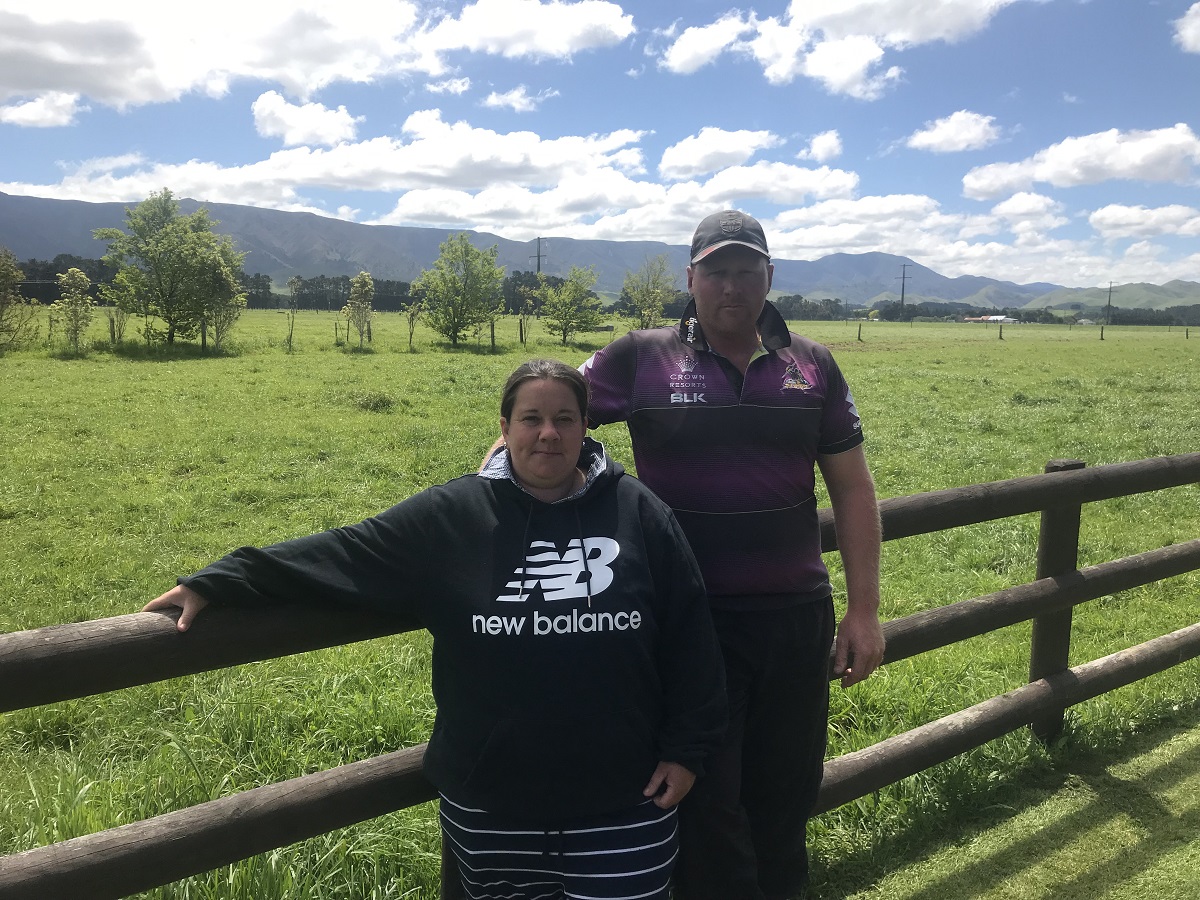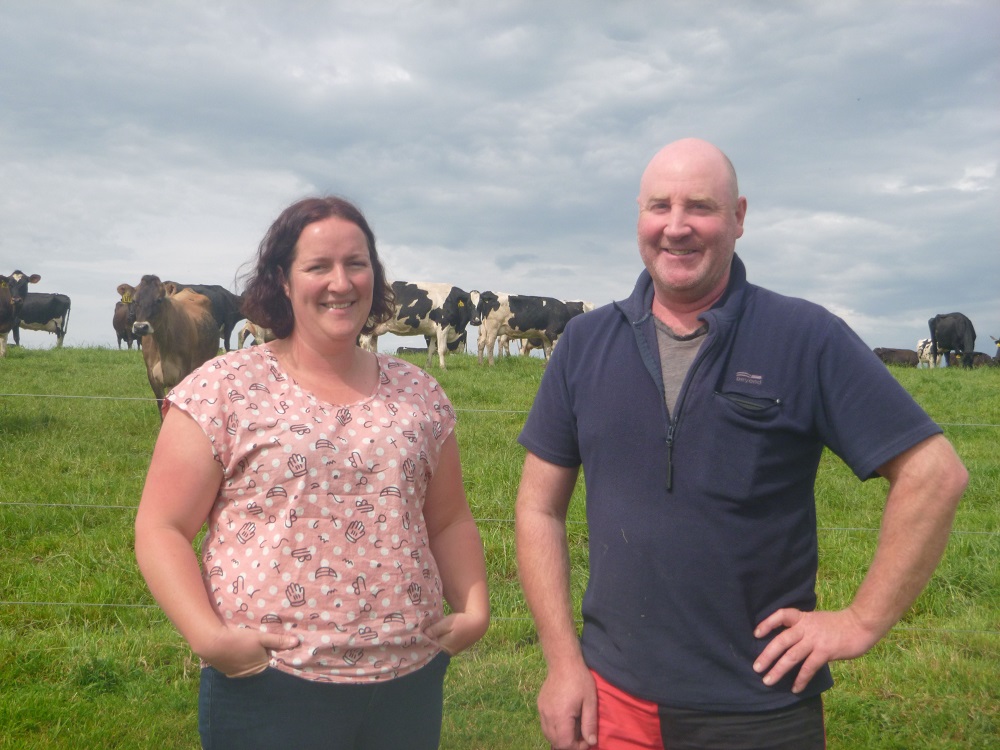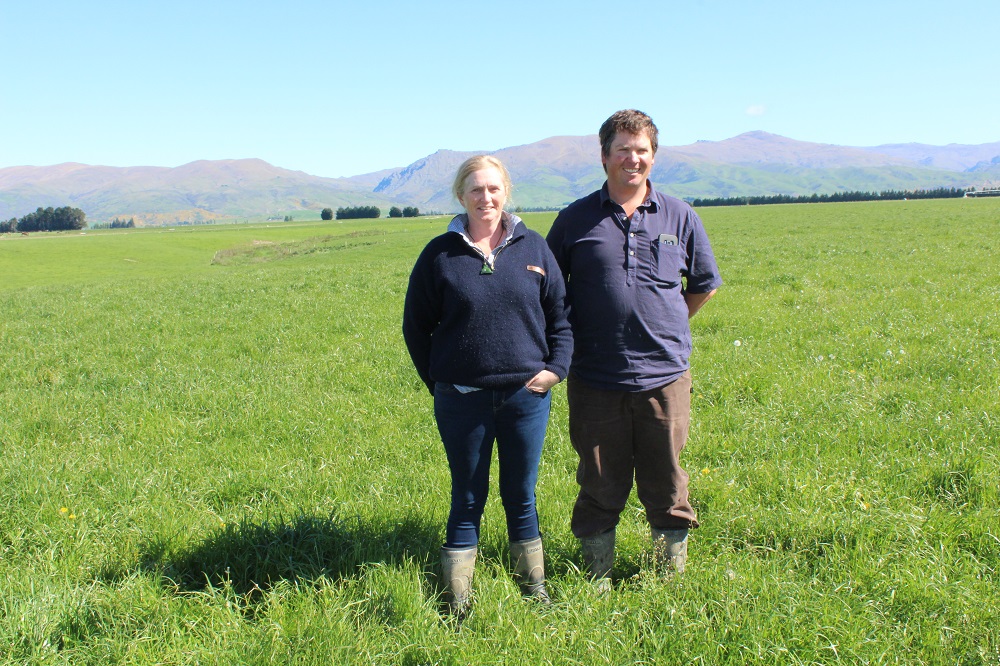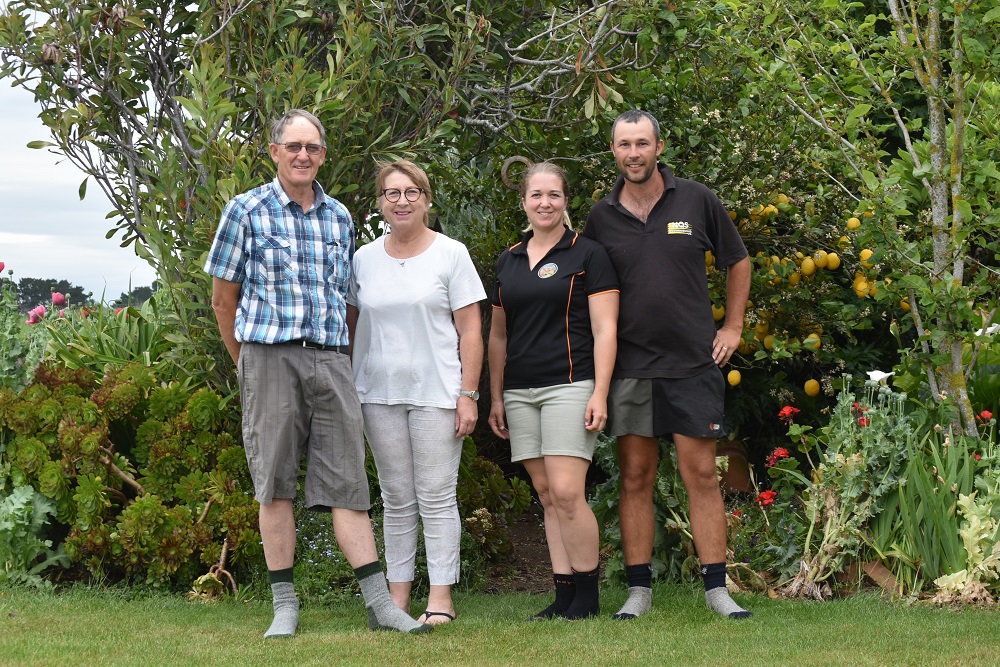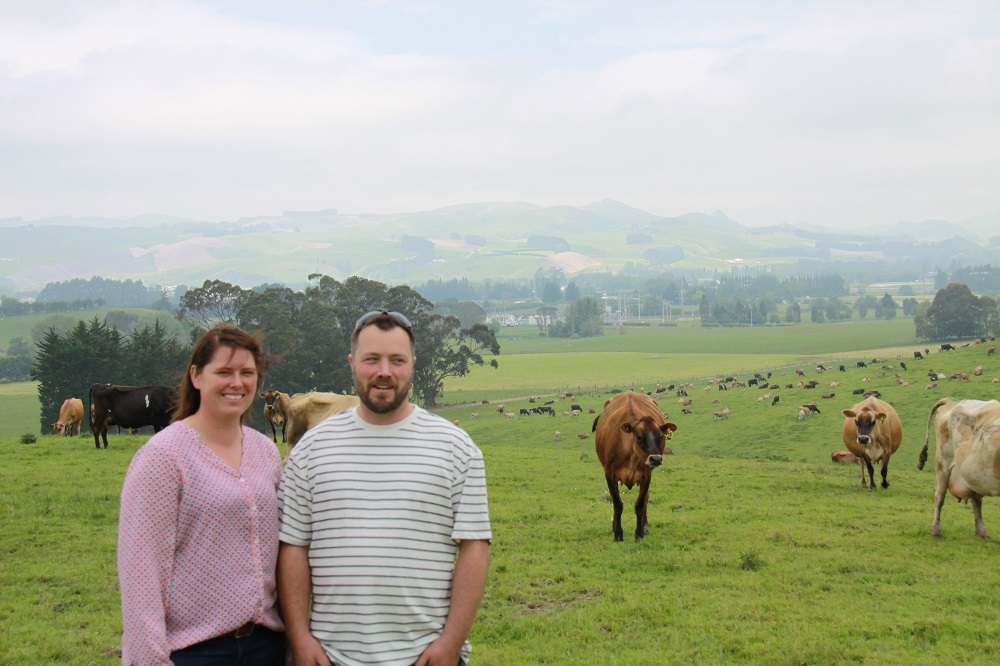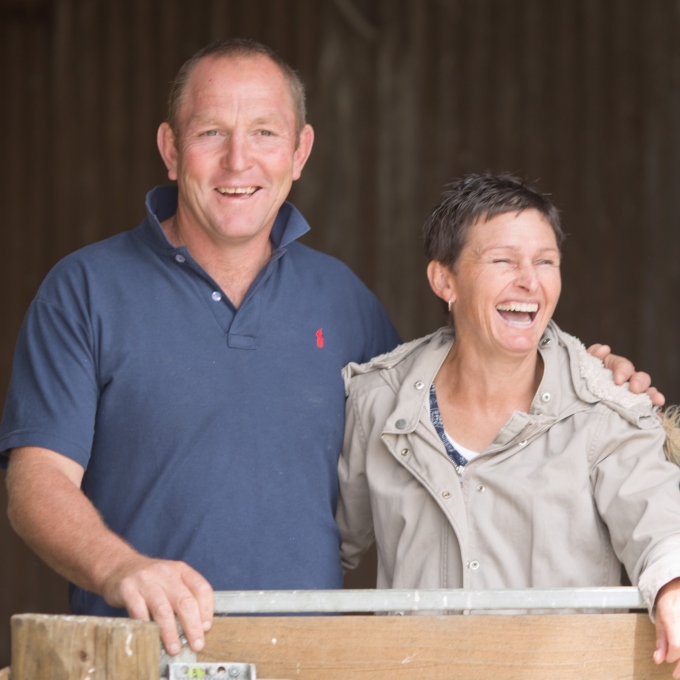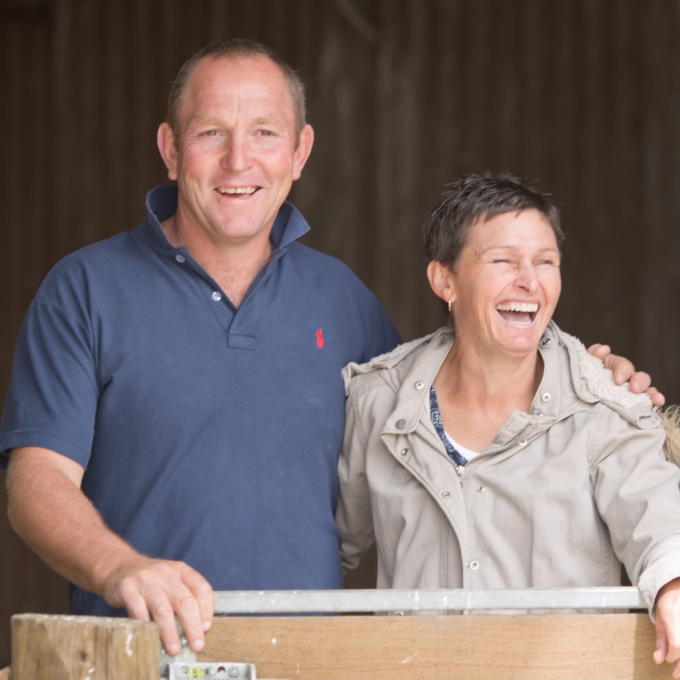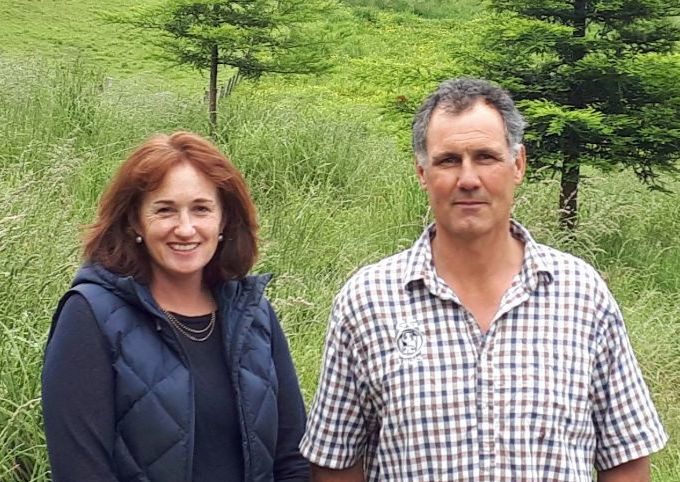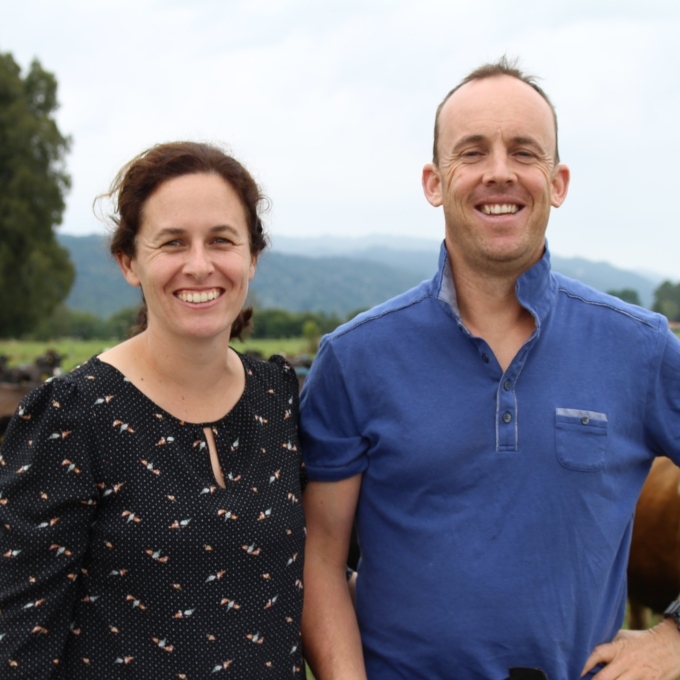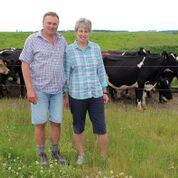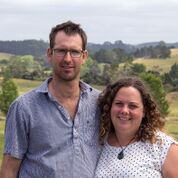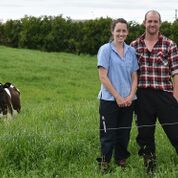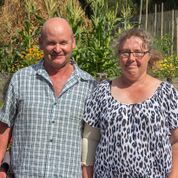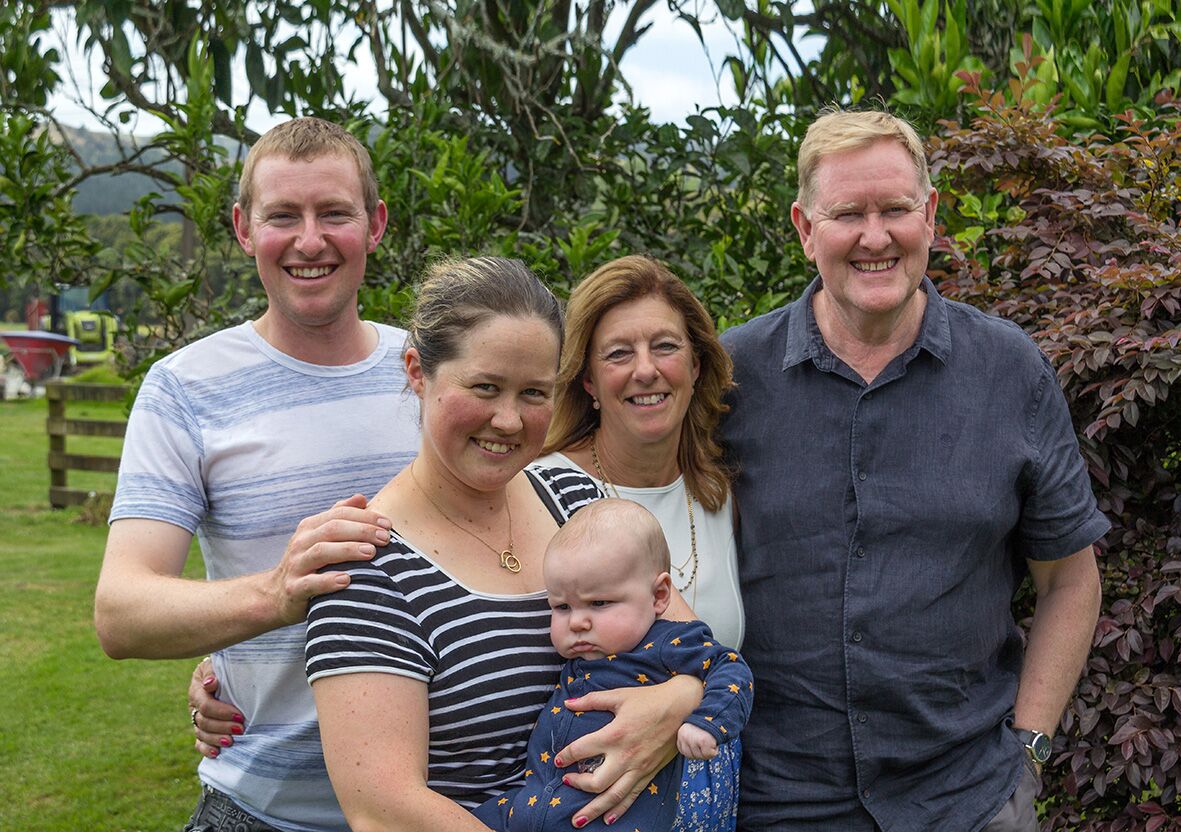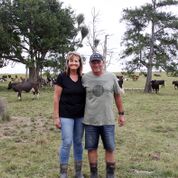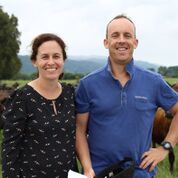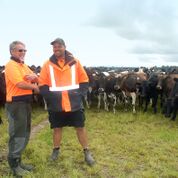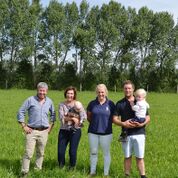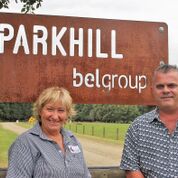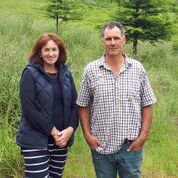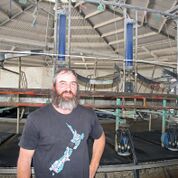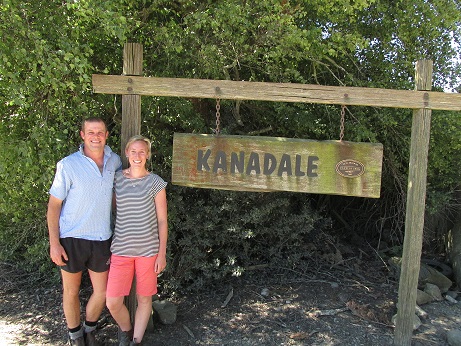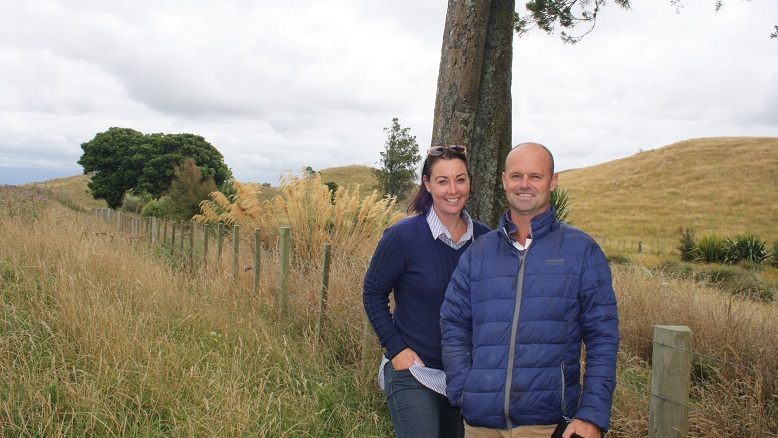From scorched earth to award-winning – the Everests & Flemington Farm
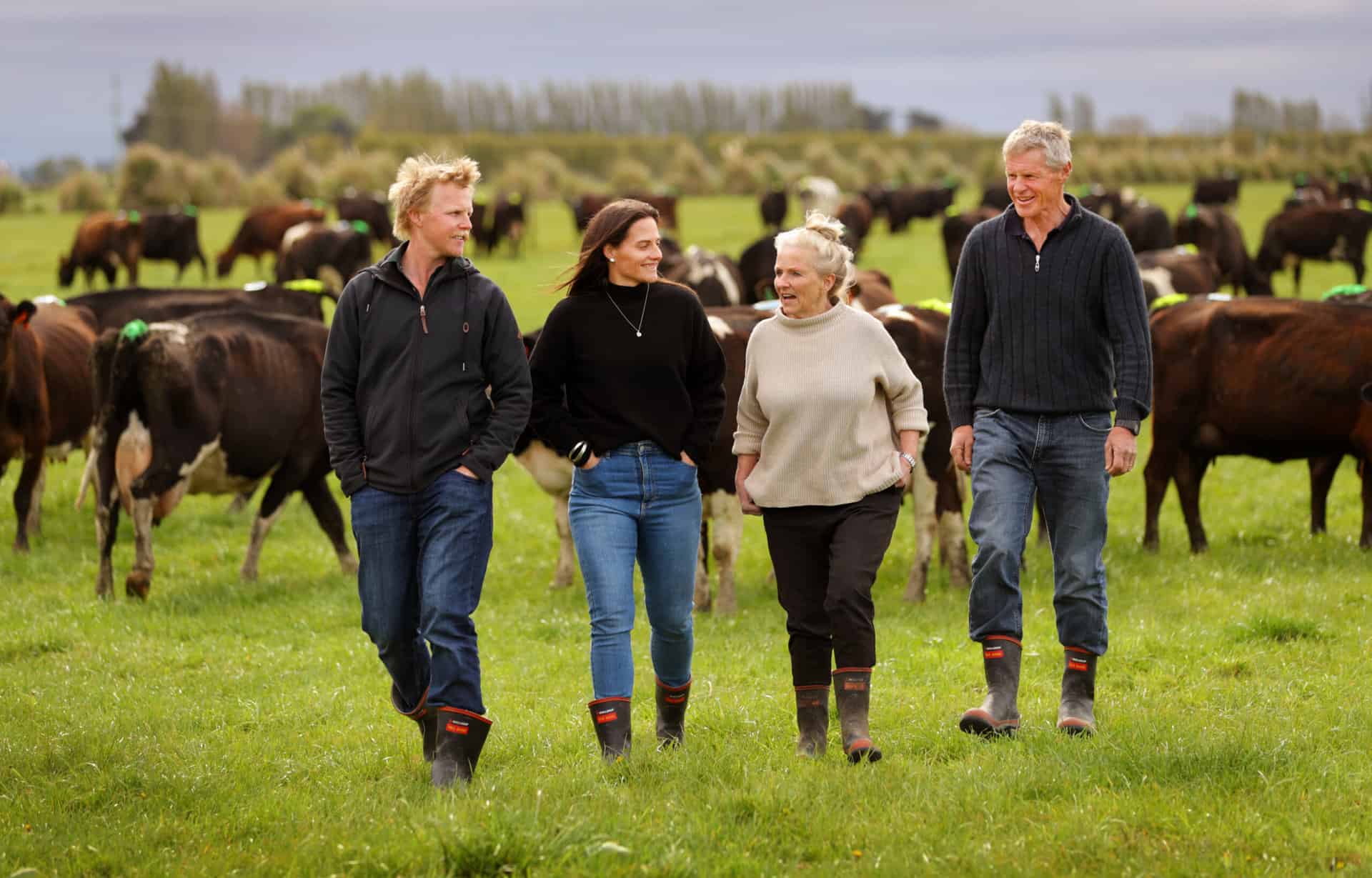
Taking scorched earth and turning it into an award-winning farm hasn’t been easy, but for Ashburton’s Everest family the journey has been immensely rewarding.
Moving onto the property in 1989, Phillip and Jocelyn took immediate action. With only 100 metres of trees and bare, flat land in every direction the couple began to plant trees and slowly transformed the farm. The aim was always to develop a sustainable farming system, and one day have family members join them.
Their son Paul Everest and his partner Sarah Hayman have done just that. However, the succession planning has not been left to chance says Phill. “My years of farm consulting has shown me a lot of different ways to do things. Having built a farm up from nothing, we needed to know that if any of the children wanted to join us that would be great, but if any were non-farmers it would be nice to be able to give them some capital to get started early in their lives.”
He says the process involved some serious heart-to-hearts that were independently chaired. “We took legal and accounting legal advice before and during the process, but it was the independent chair that was important in pulling all the threads together and making sure we could find a way through all the sticky parts.”
With a robust succession plan in place, the Everests have got down to the business of farming, in 2010 moving away from crop and beef into dairy. They currently milk 750 cows on a predominantly pasture-based system.
The family was praised during the Ballance Farm Environment Awards judging for their open-mindedness and willingness to try new things as exciting technology that makes a difference in farm management is here now and rapidly evolving. Phill says being open to what’s out there means being prepared to try it even if it means failing sometimes. “We’ve tried to show some leadership and we’ve done some things that haven’t worked but we’ve stood up and said ‘this didn’t work as well as we would have liked’. But it’s been important to reach our targets and show the rest of the country that we are trying to our bit.”
It’s that leadership ethos that has seen the Everests sitting around the table with other farmers in the community to work together to establish a district wide agreement to reduce nitrogen output by 36% by 2035. “What we’ve done on the farm enabled us to meet that target last year, 13 years in advance of the target” says Phill.
This agile thinking shows a deep understanding of New Zealand’s agribusiness. It means thinking about what the farm system might look like in 5 to 10 years. With a comprehensive grasp of current Greenhouse Gas Emissions, and a clear understanding of the requirements for reducing nitrogen loss, the Everests were able to successfully run the property with lower nitrogenous fertiliser that met the 2022 190kg per hectare/year nitrogen cap a year ahead of schedule.
They achieved this milestone through: reducing nitrogen application, using a urease inhibitor to reduce ammonia volatilization and putting plantain into the pasture mix.
“Plantain has a high-water content with diuretic compounds so cows pee more frequently and their pee patches aren’t as large,” says Phill. “Also, the plants themselves have the ability to hold nitrogen through its root structure slowing down the leaching process and mitigating leaching in, for example, an unexpected rainfall event.”
The family also carefully monitored irrigation management with water monitoring probes on each of the pivots, and weather forecasting so they only apply water needed. “We keep it slightly on the dry side so if there is a rainfall event, we can take advantage of it and it doesn’t result in extra leaching going through the profile,” says Phill.
To mitigate autumn being the worst time for leaching, the Everests are using fodder beet as part of their ration with the cows eating up to 5kgs of fodder beet in situ in the paddock during that season. “With less protein in the fodder,” says Phill. “There is less nitrogen in the urine and less nitrate losses. We have calculated the probable gains are a reduction of just over 5kg N/ha loss if only feeding for 30 days.”
Managing effluent is important and the Everests manage theirs as a fertilizer. “It goes on through the pivots. One mill of effluent is equivalent to putting on 5kgs of nitrogen per application.”
Keeping long term sustainability for the farm a priority does mean an economic balancing act at times. “We’ve been looking into treating our effluent pond to reduce nitrous oxide and methane losses out of the ponds, but the current costs are prohibitive relative to the gains,” says Phill.
It’s that pragmatic approach that has made the Everests open to participating in a regenerative farming trial in association with Synlait, MPI, AgResearch and food and beverage company, Danone.
The five-year trial will focus on whether soil structure improves. The Everests join nine other farms around the country which are all dedicating two paddocks to the project. One paddock is traditionally sown and another has diverse species. “We are comparing dry matter production, soil structure and microbe populations, but as we are only in the second year, it is too early to make big claims.” says Phill.
Animal welfare is important to the family and they’ve made it a priority to put up a lot of shelter, and protect waterways, many of which are a unique feature of the farm – tiled drains, a legacy of the farm’s swamp origins. From the original 100m of trees 30 years ago, the farm now boasts more than 20km of shelter and riparian plantings. Every second fence line has been planted with some sort of shelter that helps with animal shelter and aesthetics.
“If we’re not looking after the environment, we won’t be able to get what we want out of it,” says Phill. “We have water, we have sunlight, and we have good soils, so we’re confident about the future of farming, not only here in Flemington but in New Zealand.”
